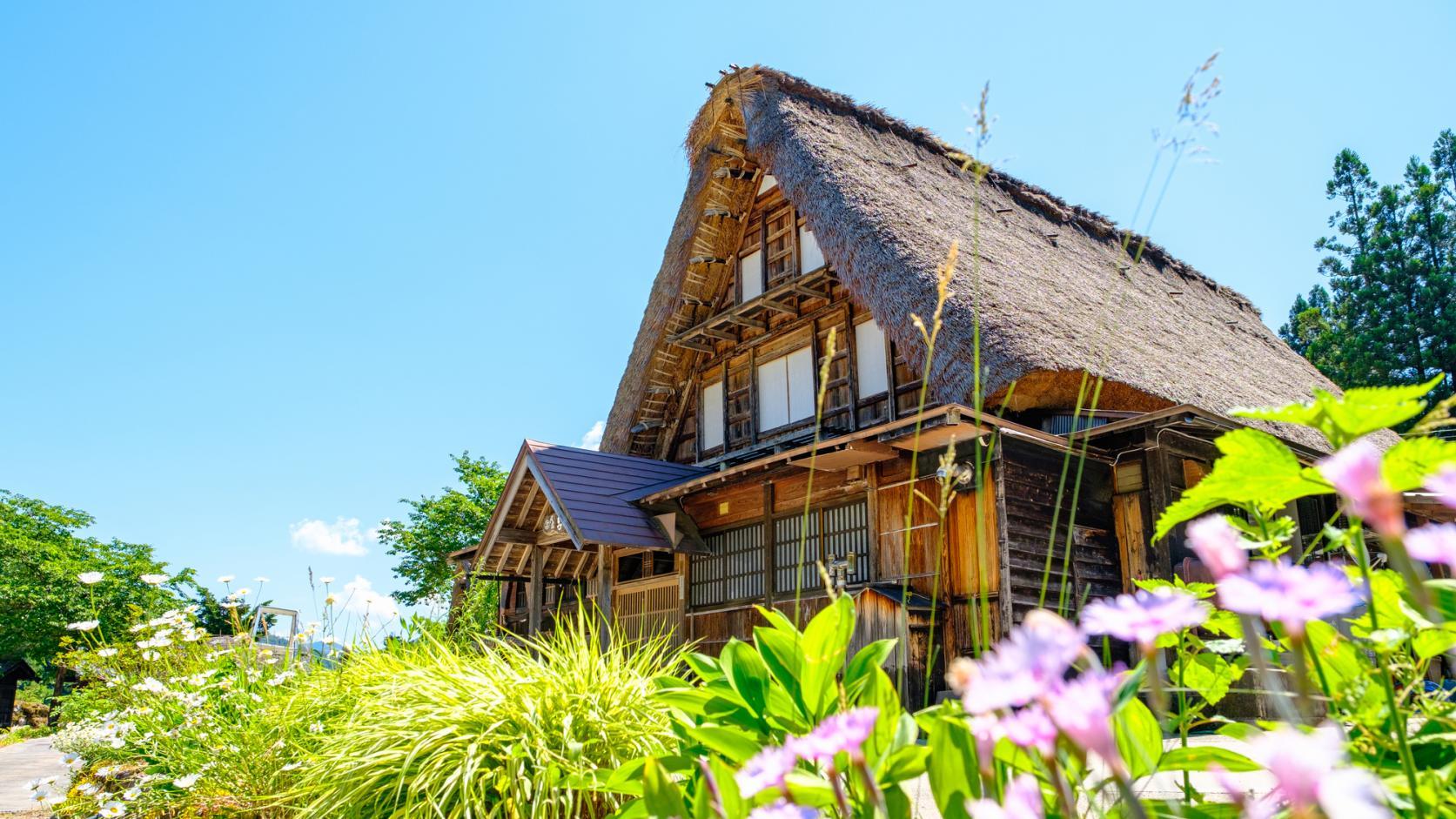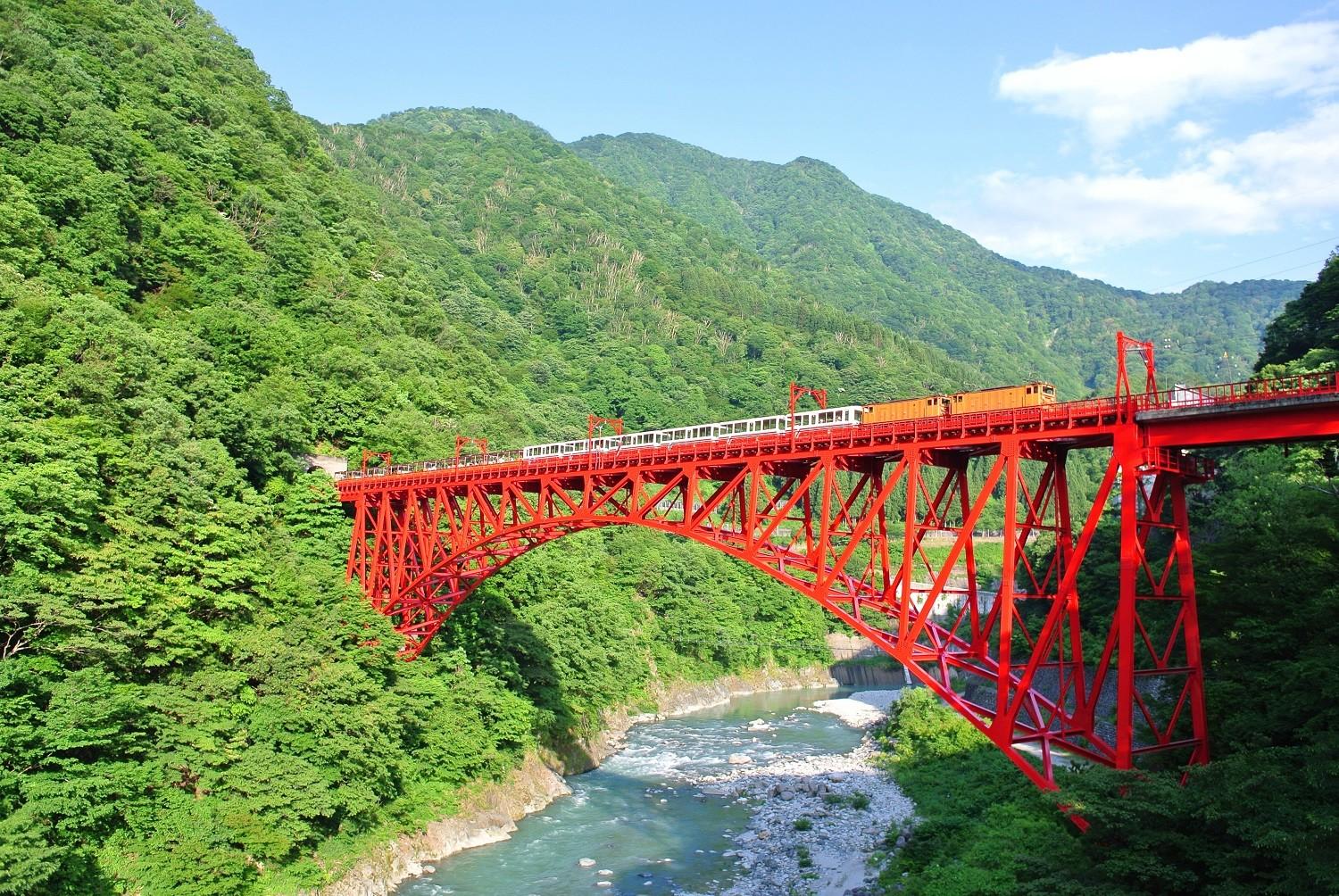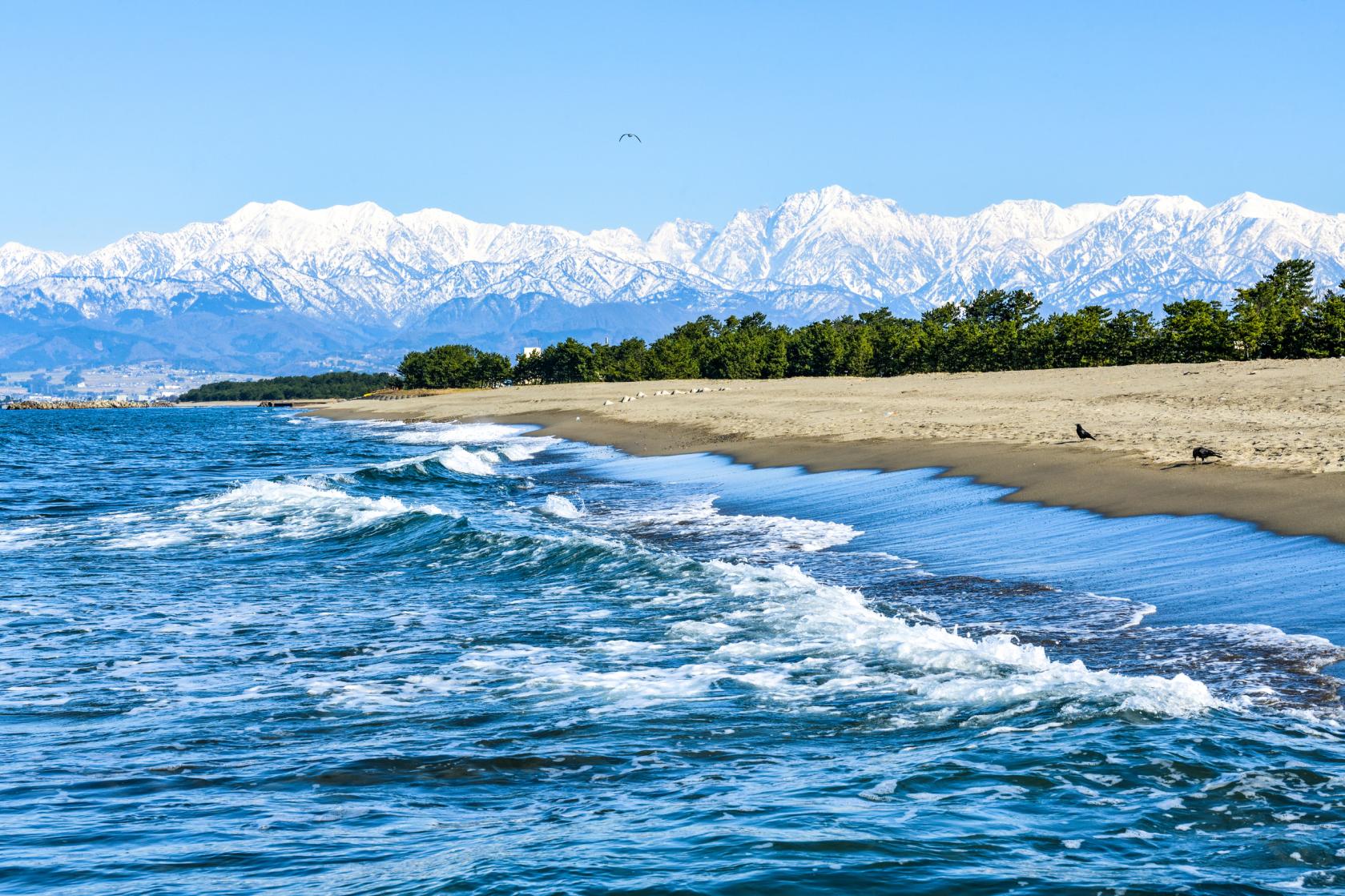
Experience Toyama Sustainably
Toyama Prefecture is rich in unspoiled natural beauty, across both land and sea. Sights such as Kurobe Gorge and the Tateyama Kurobe Alpine Route convey nature’s splendor on a grand scale. In Toyama’s mountains and in its woodlands, animal and bird life thrives alongside wildly growing alpine flowers. In the prefecture’s northern area, Toyama Bay and the Sea of Japan beyond are home to a thriving marine ecosystem that has helped Toyama earn a reputation for having some of Japan’s finest seafood.
A firm commitment by Toyama to the Sustainable Development Goals (SDGs) ensures that this landscape remains one that visitors can marvel at. In addition, the prefecture is leading the way in sustainable development in its urban areas. City planning centered around the LRT (Light Rail Transit) system has reduced CO2 emissions, and Toyama has been selected as one of Japan’s “SDGs Future Cities.” Visitors to the prefecture can contribute to Toyama’s continued vitality in a number of ways; for example, by choosing sustainable accommodation and eco-friendly transport.
Preserving marine life through sustainable fishing
Toyama Bay is home to an unusually diverse marine population, comprising around 500 species out of the total 800 that are known to inhabit the Sea of Japan. The prefecture is particularly well known for its catches of yellowtail, firefly squid, horse mackerel, sardine, and Japanese glass shrimp. The local fishing industry is implementing methods to ensure the continued presence of these and the many other species that make Toyama a seafood mecca. Overfishing is reduced by the implementation of fixed shore net fishing, a technique that Toyama is pioneering.
This method involves setting nets along the coastline, then waiting for fish to swim inside. The 30-centimeter width of the mesh in these nets ensures that only species of a particular size and maturity are caught: specimens smaller than 30 centimeters in length are able to swim free of the nets. In Toyama Bay, fixed shore nets are generally set four kilometers from the port and are reachable by fishing boats within 20 minutes. More than 80 percent of the fish caught in Toyama Bay are caught in fixed shore nets.
The Japanese glass shrimp, or shiroebi is a much-loved local delicacy. This small, slightly pinkish shrimp is known as the “Jewel of Toyama Bay,” and appears on menus in many forms: from nigiri sushi to potato croquette filling. Toyama fishers who handle shiroebi are working to preserve their treasured resource by limiting the number of days they operate, as well as the number of times they set out to catch a haul on any given day.
Environmental conservation
On land too, measures are being enacted to conserve sites of natural beauty, and the wildlife whose existence depends upon their preservation. Rare and important species indigenous to the region include the rock ptarmigan, a bird belonging to the grouse family which changes its coloring with the seasons. With the rock ptarmigan population declining globally, Toyama Prefecture is erecting fences along popular hiking trails to protect the birds, as well as monitoring their habitat and their population. The rock ptarmigan is an official symbol of Toyama.
Around the scenic Tateyama Kurobe Alpine Route, the prefecture is working towards carbon neutrality by introducing hydroelectric power generation that makes use of the area’s abundant hydropower reserves.
The vast Chubusangaku National Park covers much of the North Japan Alps and is a great place to experience the fruits of local conservation efforts. A number of the park’s highlights are located within Toyama Prefecture’s boundaries, ranging from dramatic mountain peaks to placid lakes. As well as the famed “snow walls” between Murodo and Bijodaira, the Toyama area of the Chubusangaku National Park includes Kurobe Gorge, the Midagahara Wetlands, and Mt. Tateyama.
Stay sustainably
Toyama is home to a number of environmentally friendly accommodations that are destinations in their own right, ranging from private villa-style options to boutique hotels filled with art. Bed and Craft TATEGU-YA, in Nanto City, was once a carpenter’s home and workshop. It has been beautifully restored as an accommodation for just a single group. At the opposite end of the size spectrum is Rakudo An, a luxurious hotel in Tonami City. The hotel is filled with artworks and furniture sourced from local artisans, and Rakudo An donates a portion of its room fees to the preservation of cultural heritage sites in the region.
Other hotels are minimizing their carbon footprint by growing food for their restaurants on-site, in gardens, and on small farms. Among those embracing this “farm-to-table” approach is L’evo.
Get around sustainably
Toyama’s sustainably minded urban planning, centered around the city’s LRT system, makes it easy to navigate the prefecture’s main hubs by public transport. Visitors choosing to get around by bicycle—either on their own, or rented from one of numerous services—can enjoy three designated cycling routes, each of which is indicated by blue lines painted on the road. Among these routes, the Toyama Bay Cycling Route hugs the prefecture’s coastline and offers views such as the Tateyama mountains and Toyama Bay.
Cyclists wishing to ride at standout spots along the Toyama Bay Cycling Route, rather than attempt the entire 102-kilometer distance, can take advantage of the Ainokaze Toyama Railway. Between April and November, certain services have carriages with vertical bike racks. These allow cyclists to travel with their bicycles, without the need for any disassembling. Use of the racks is by reservation only, so you should plan your schedule ahead of time and make the necessary arrangements at one of the stations on the Ainokaze Toyama Railway Line.



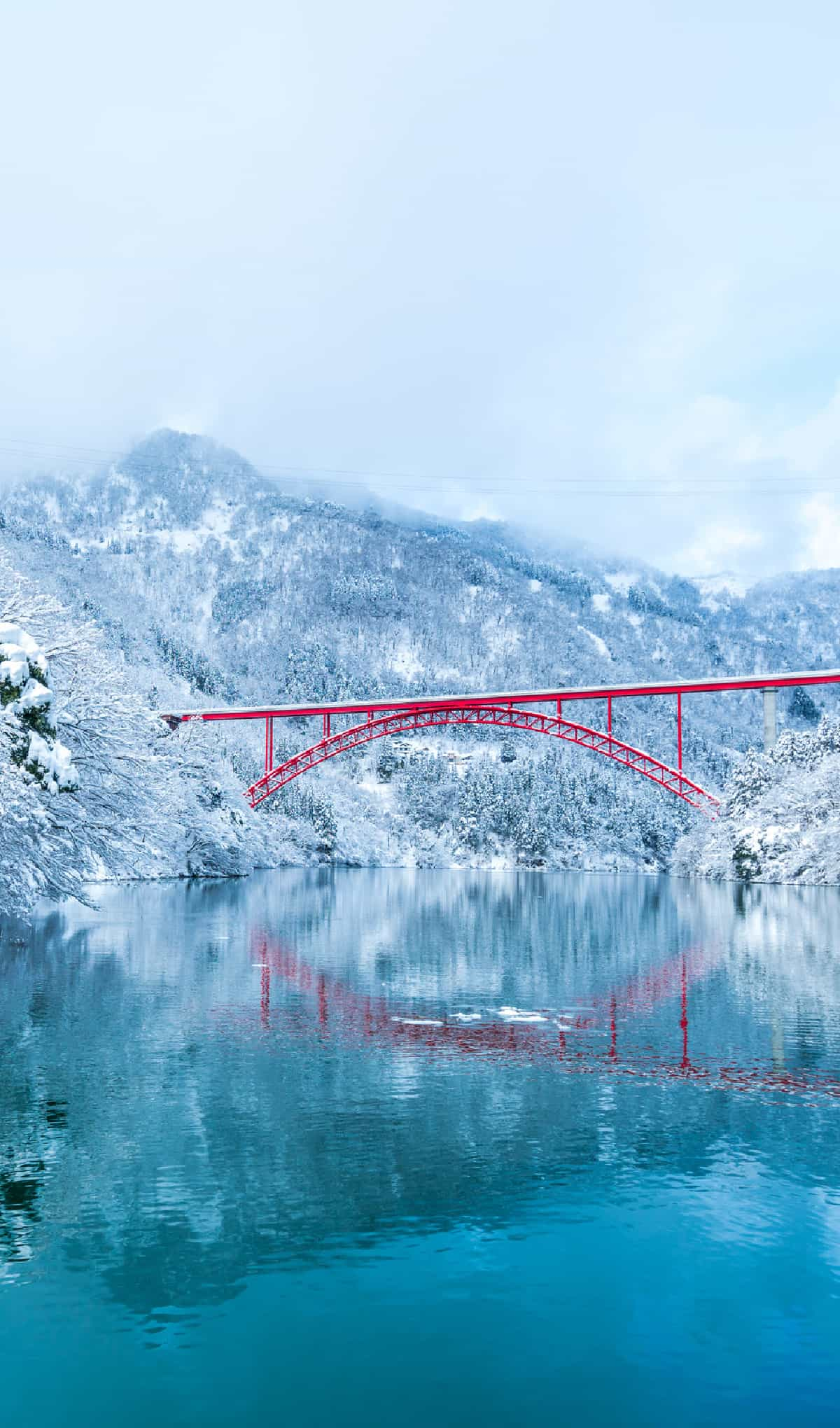
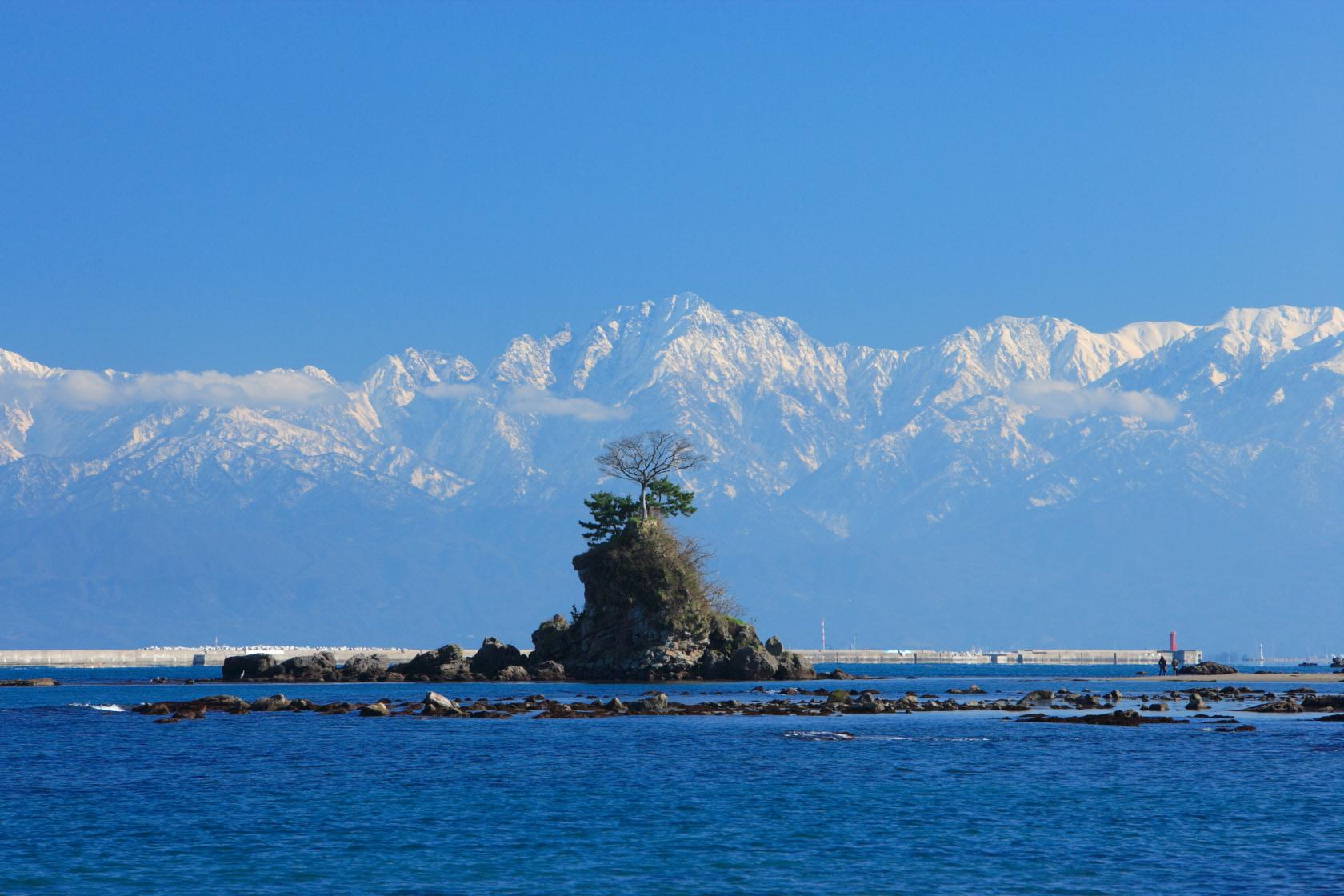
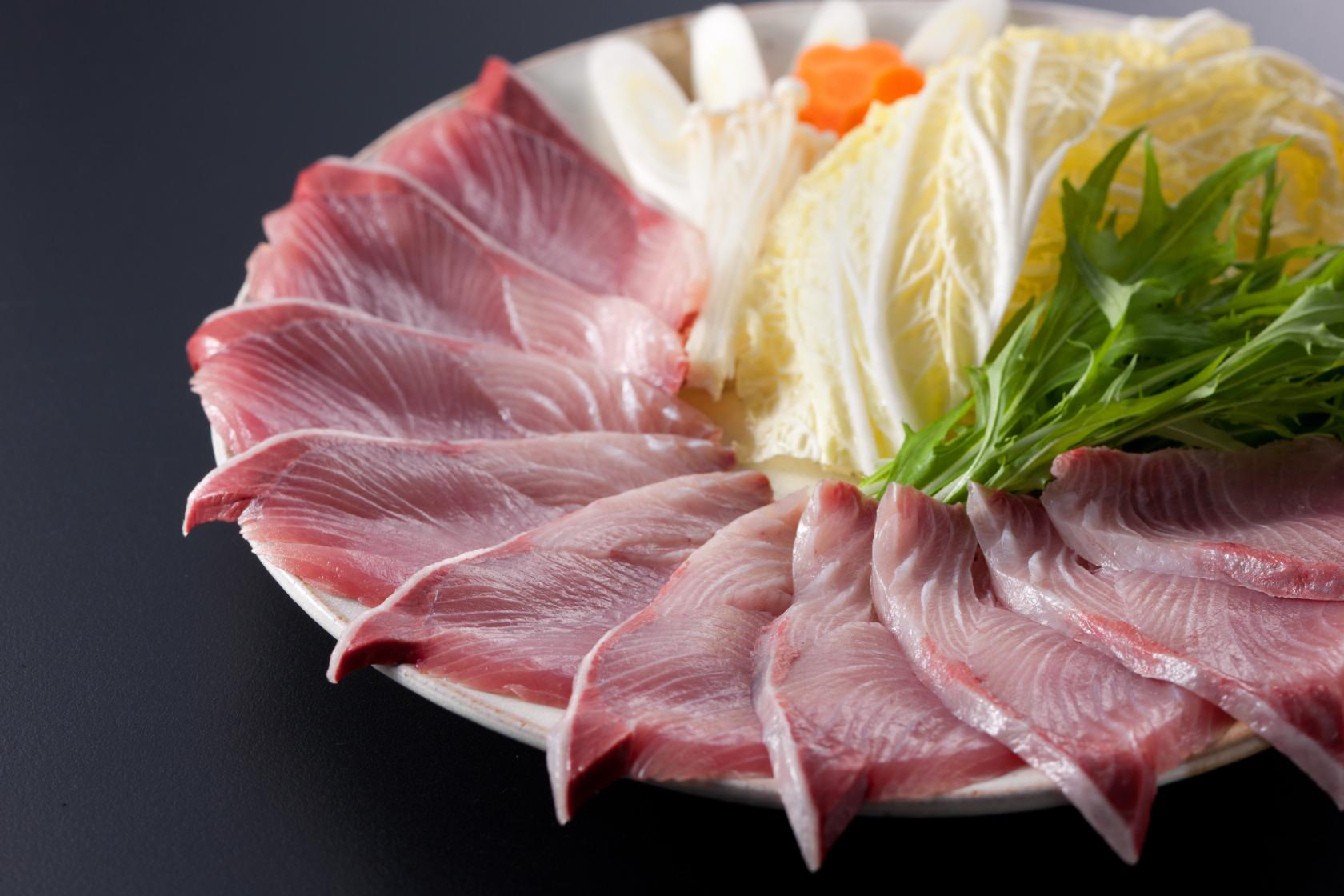
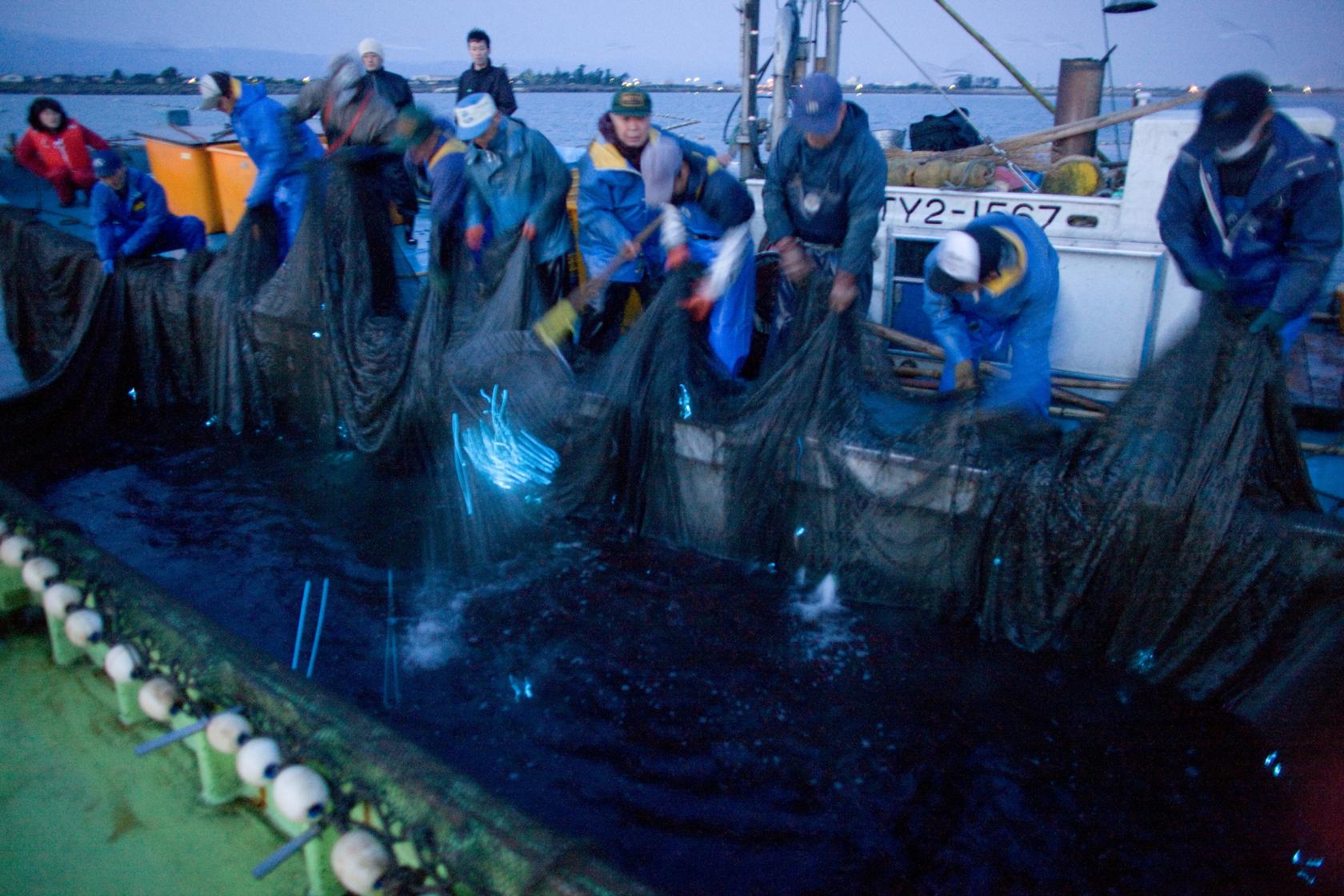
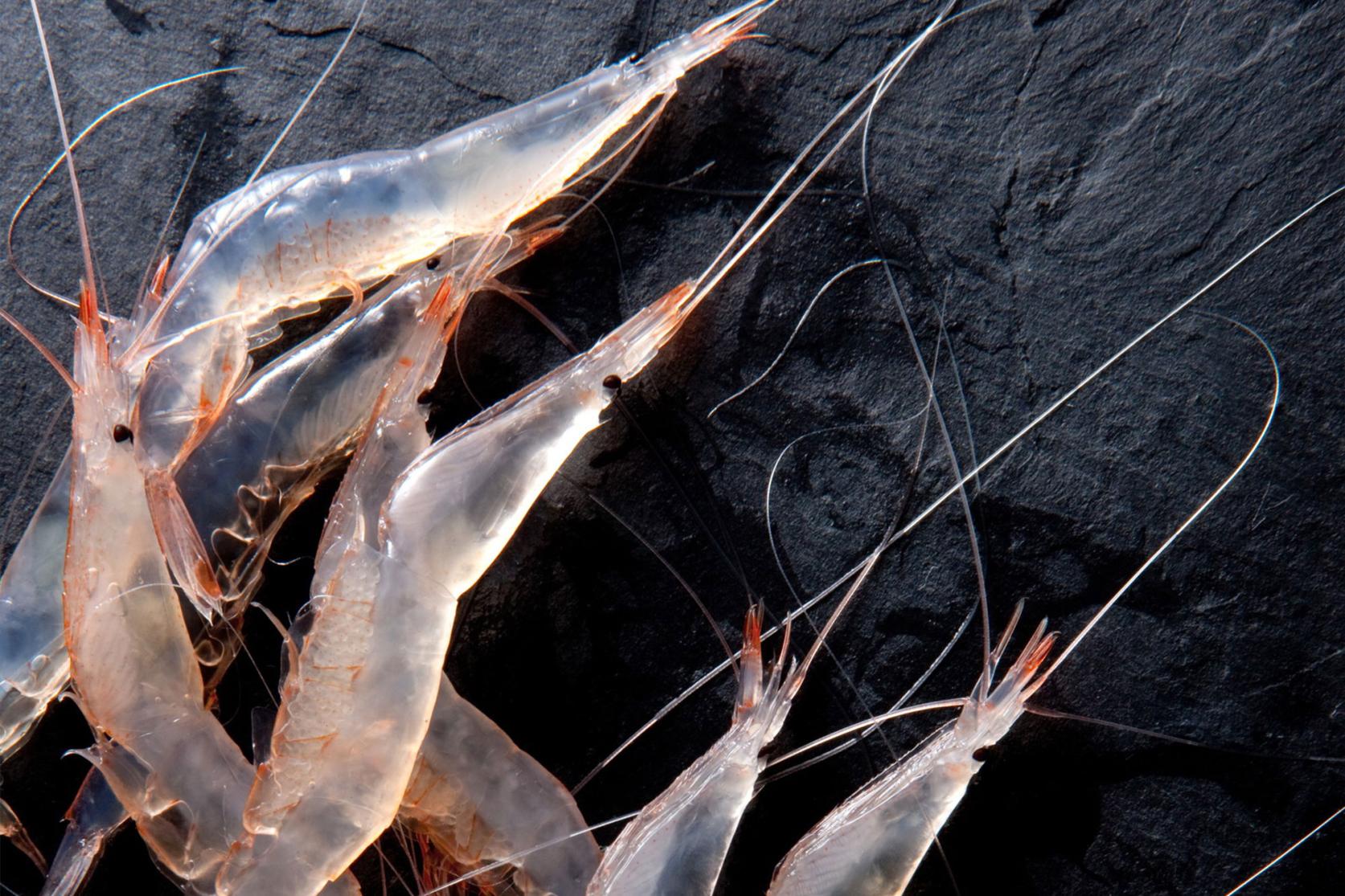
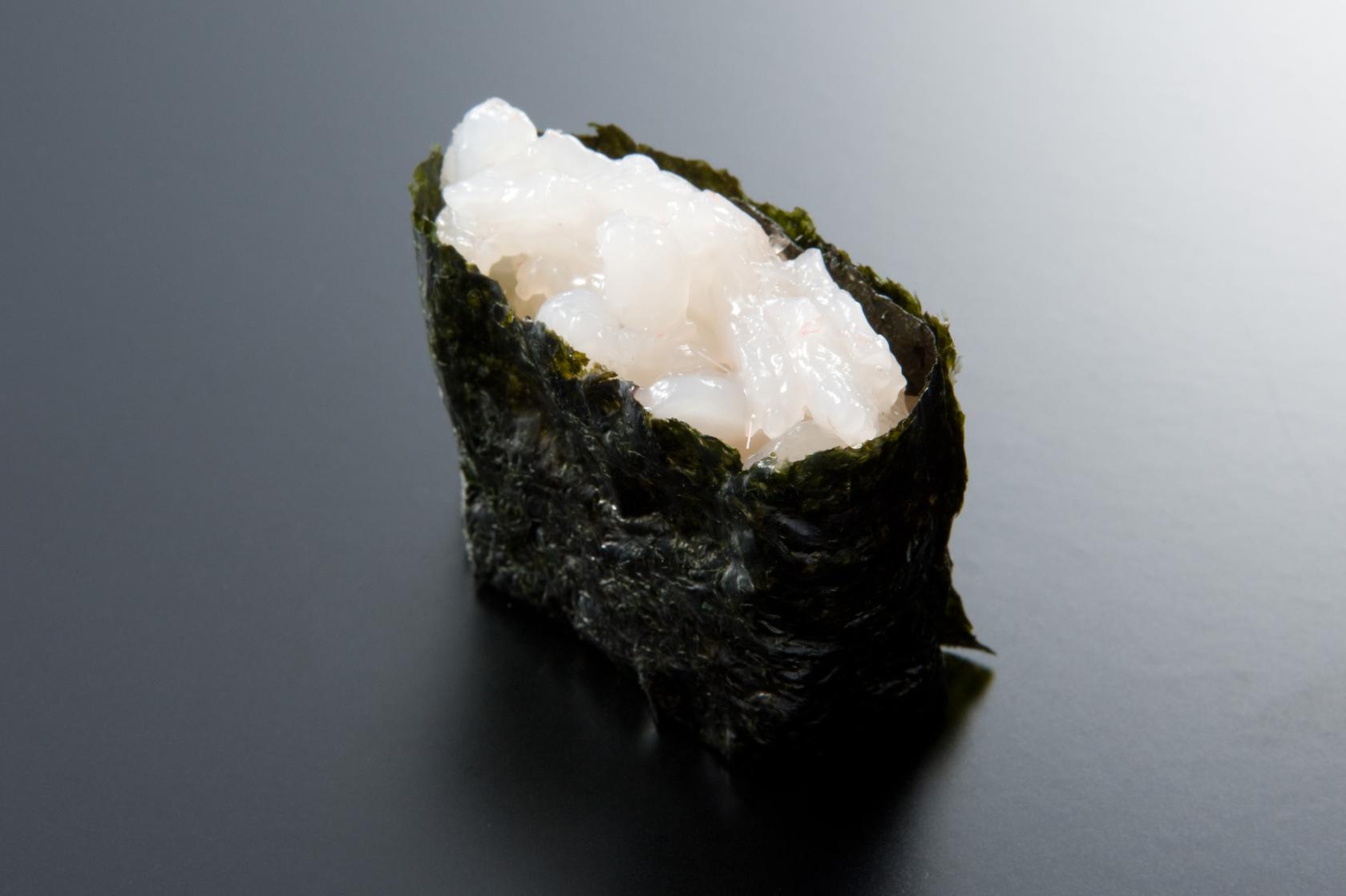
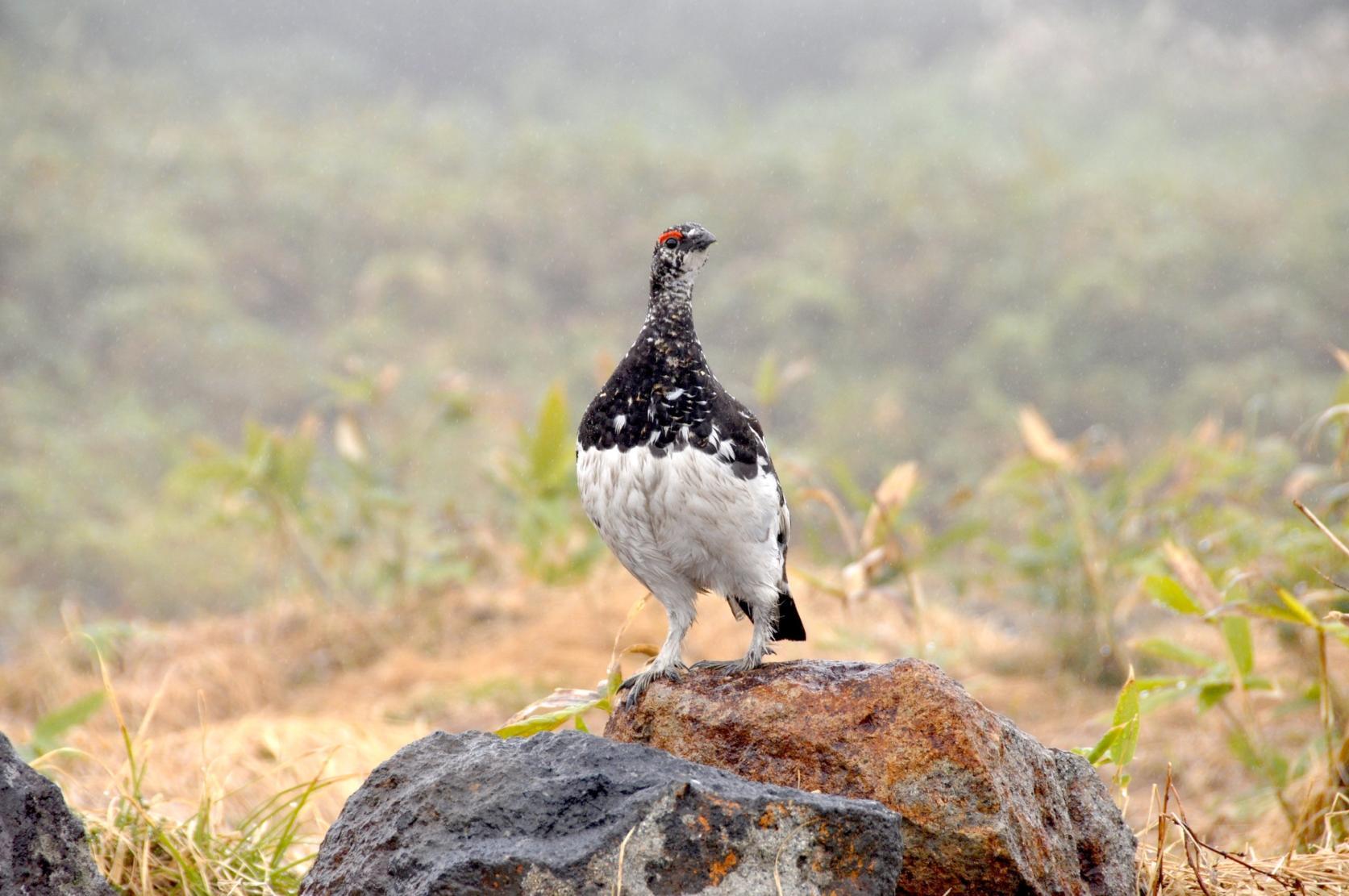
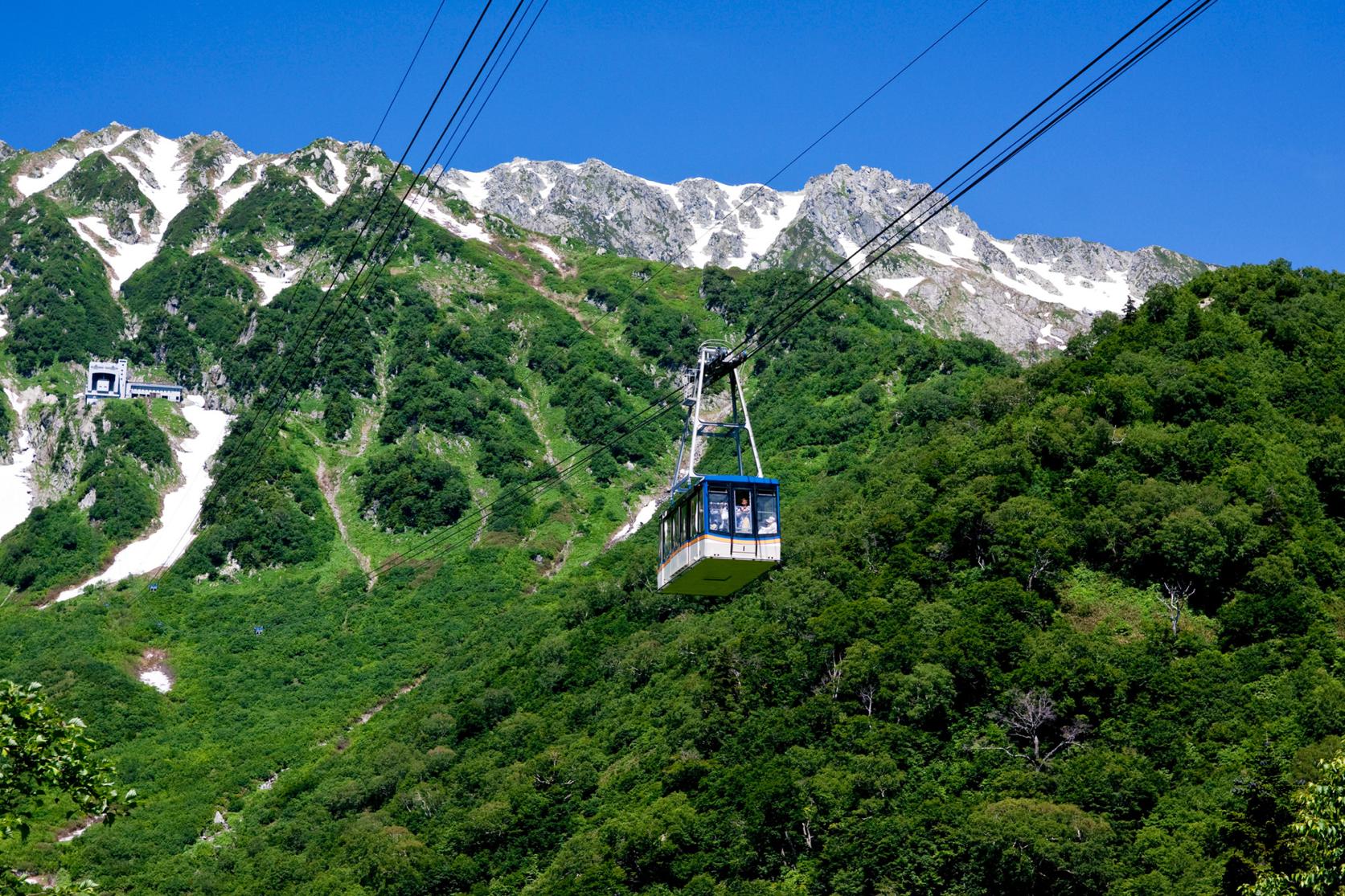
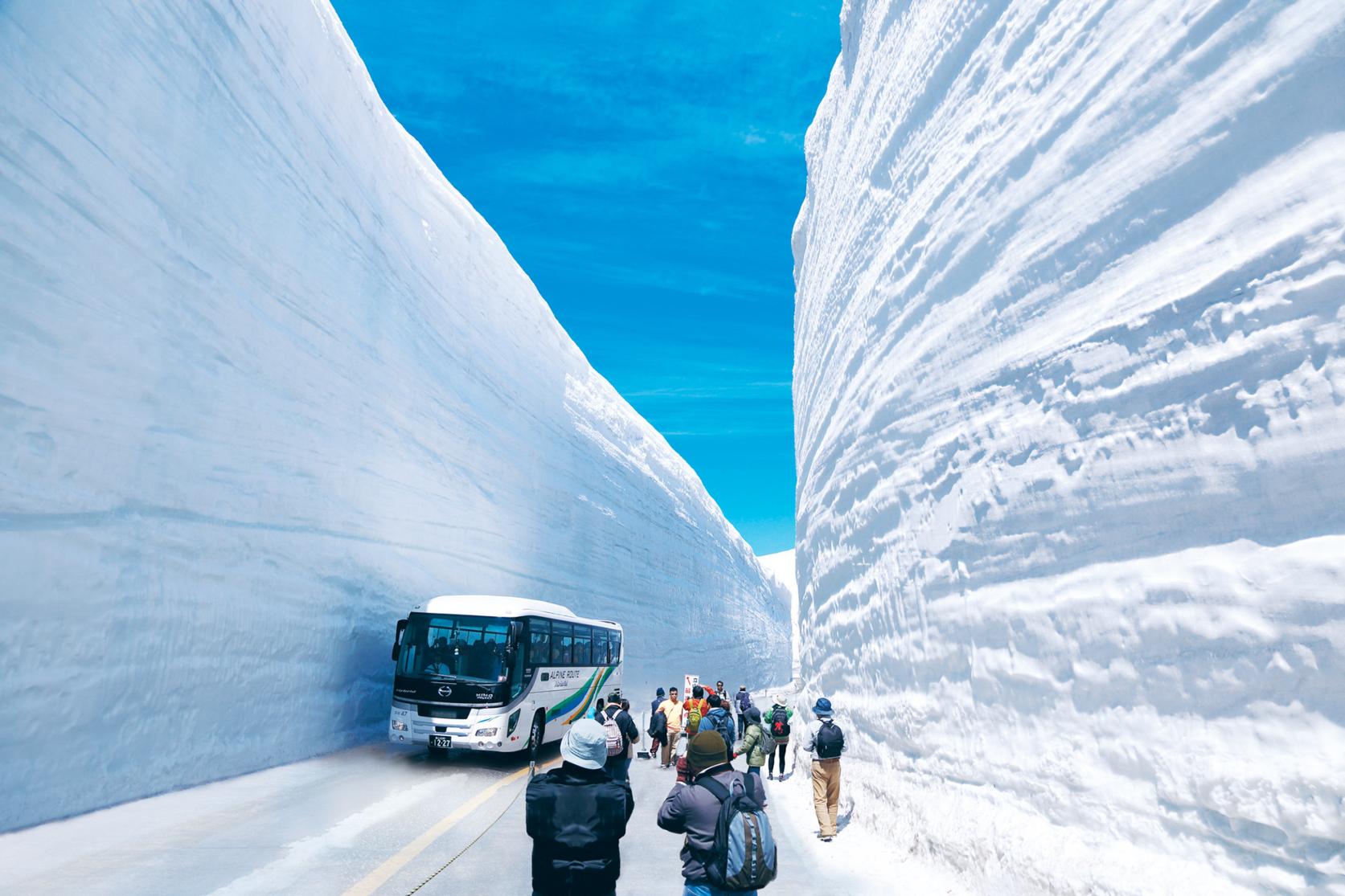
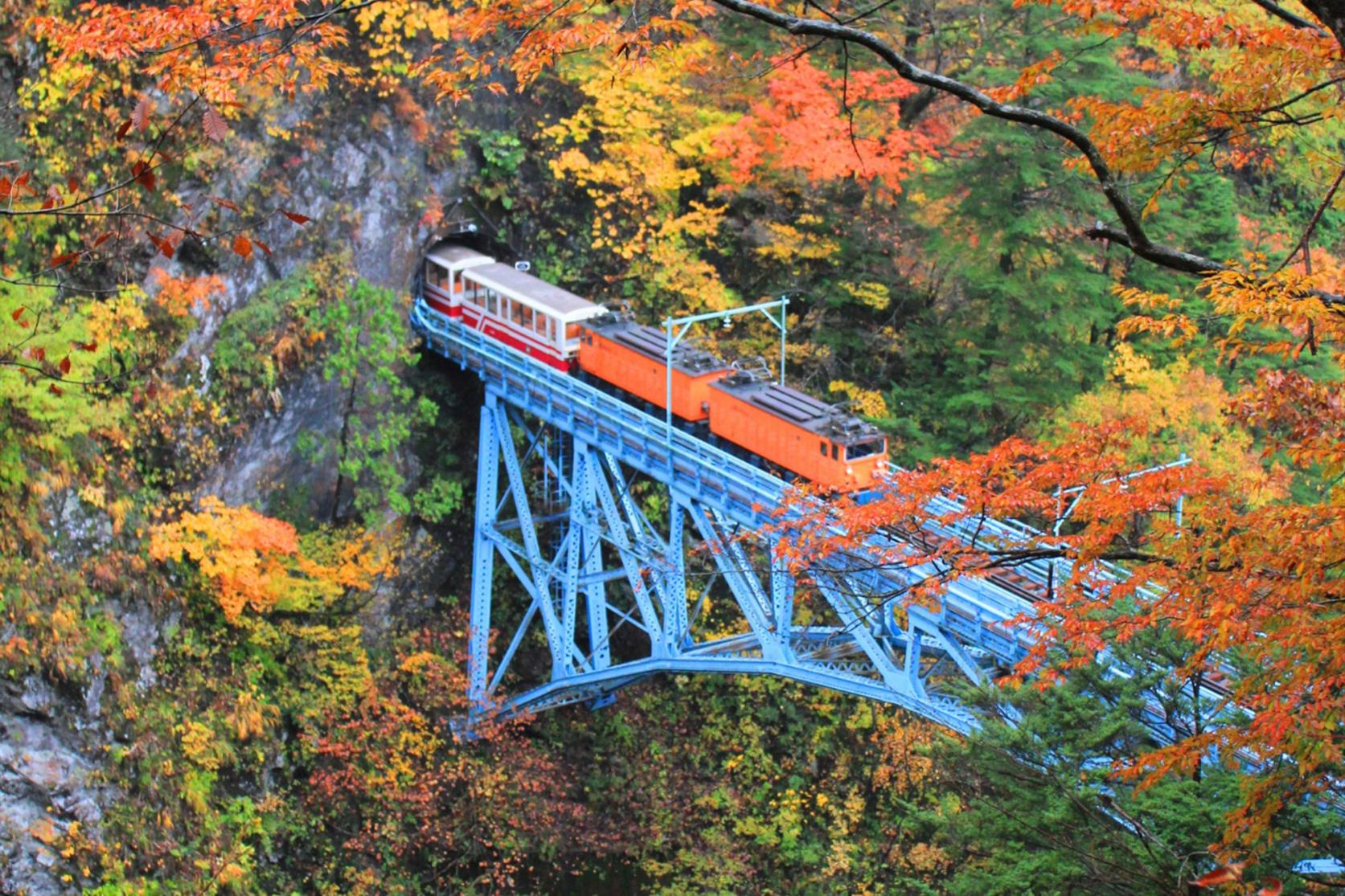
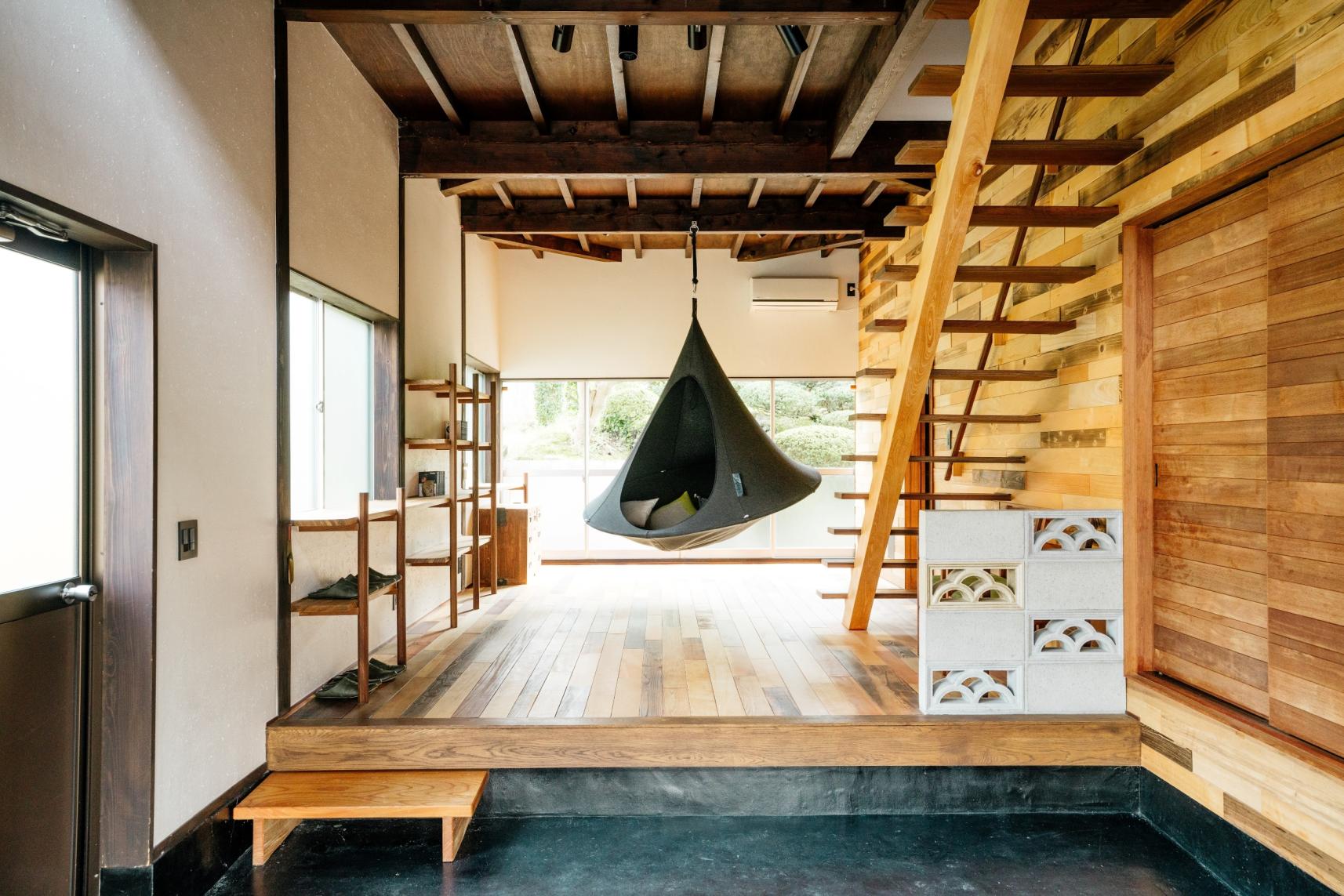
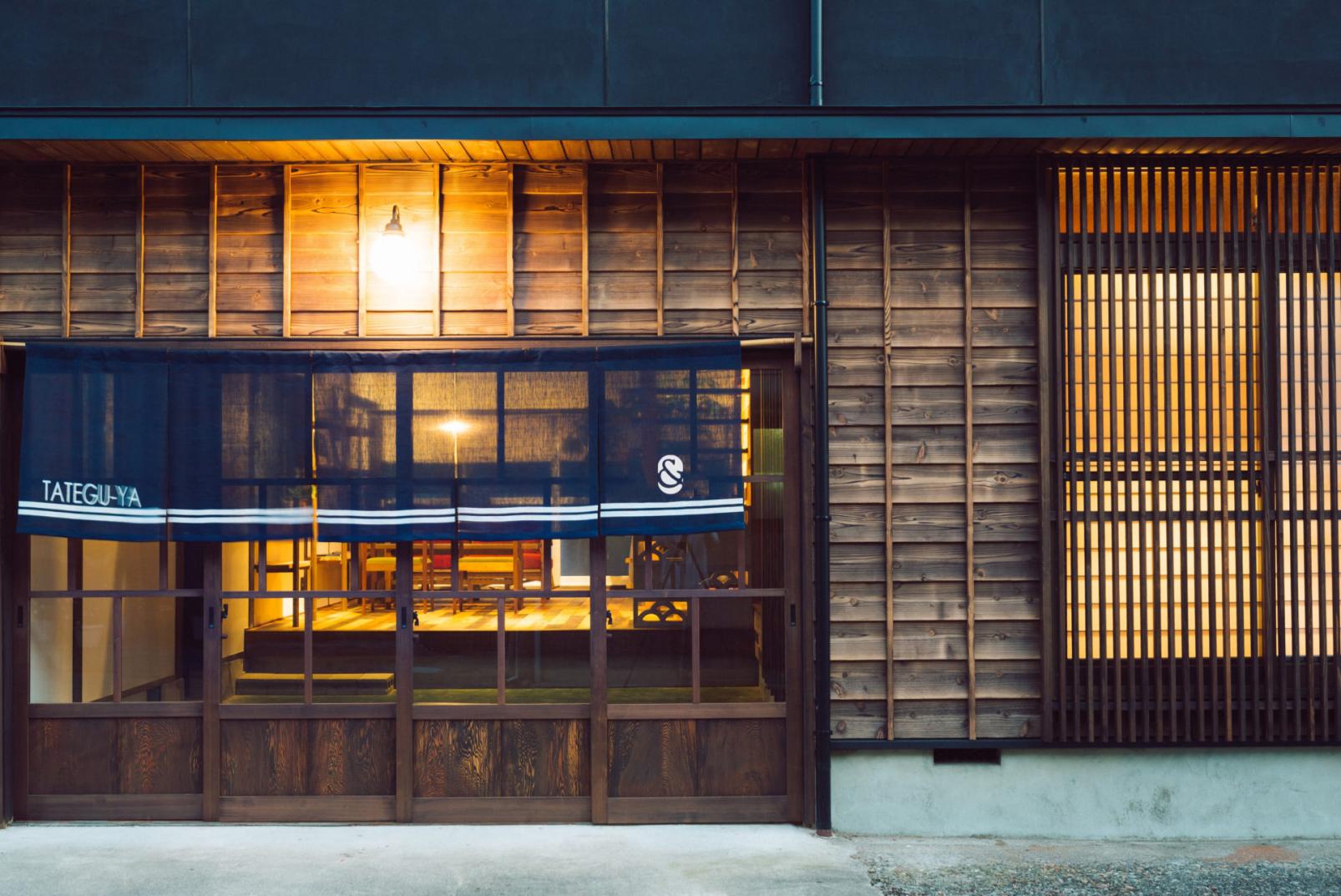

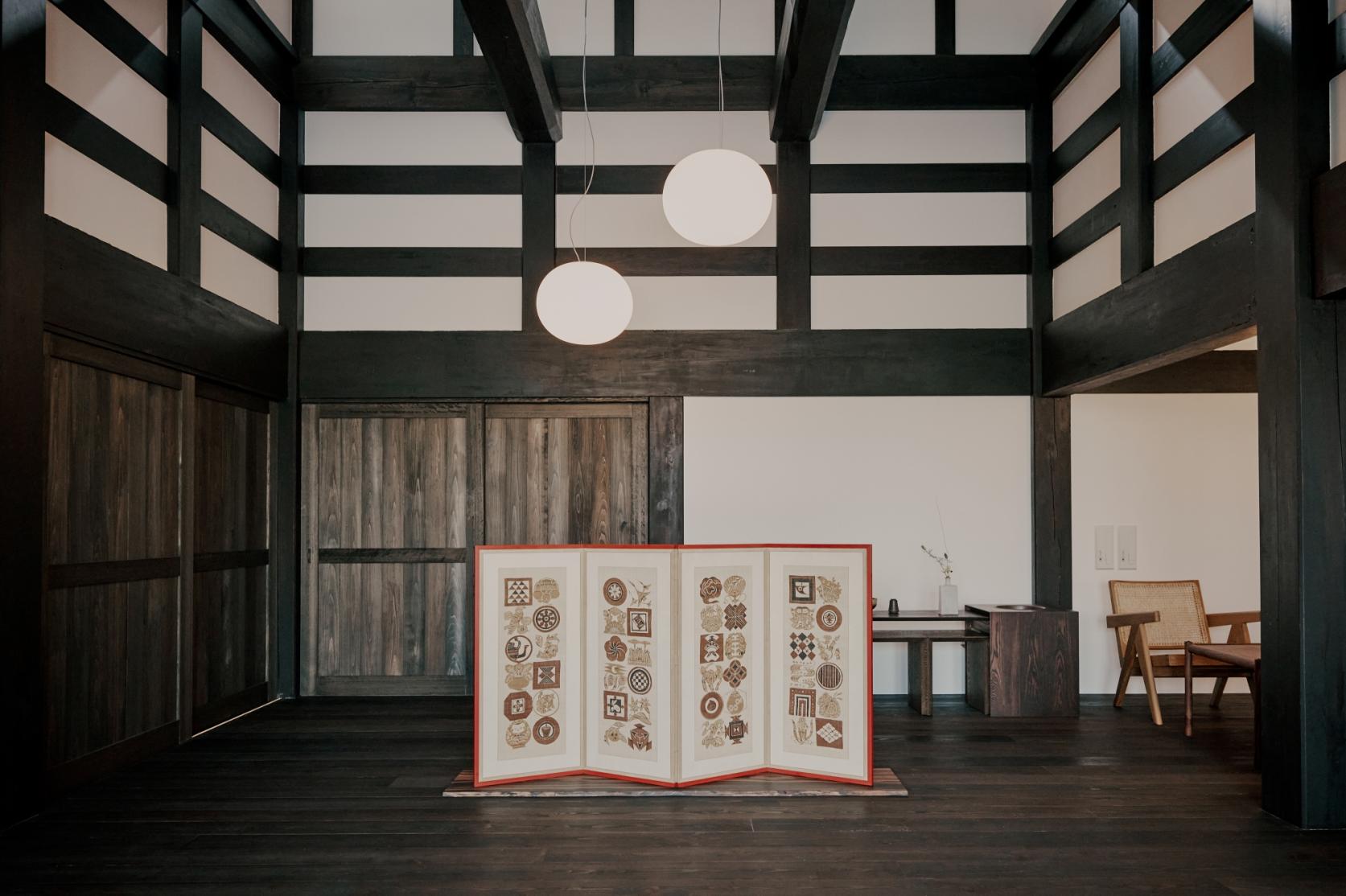
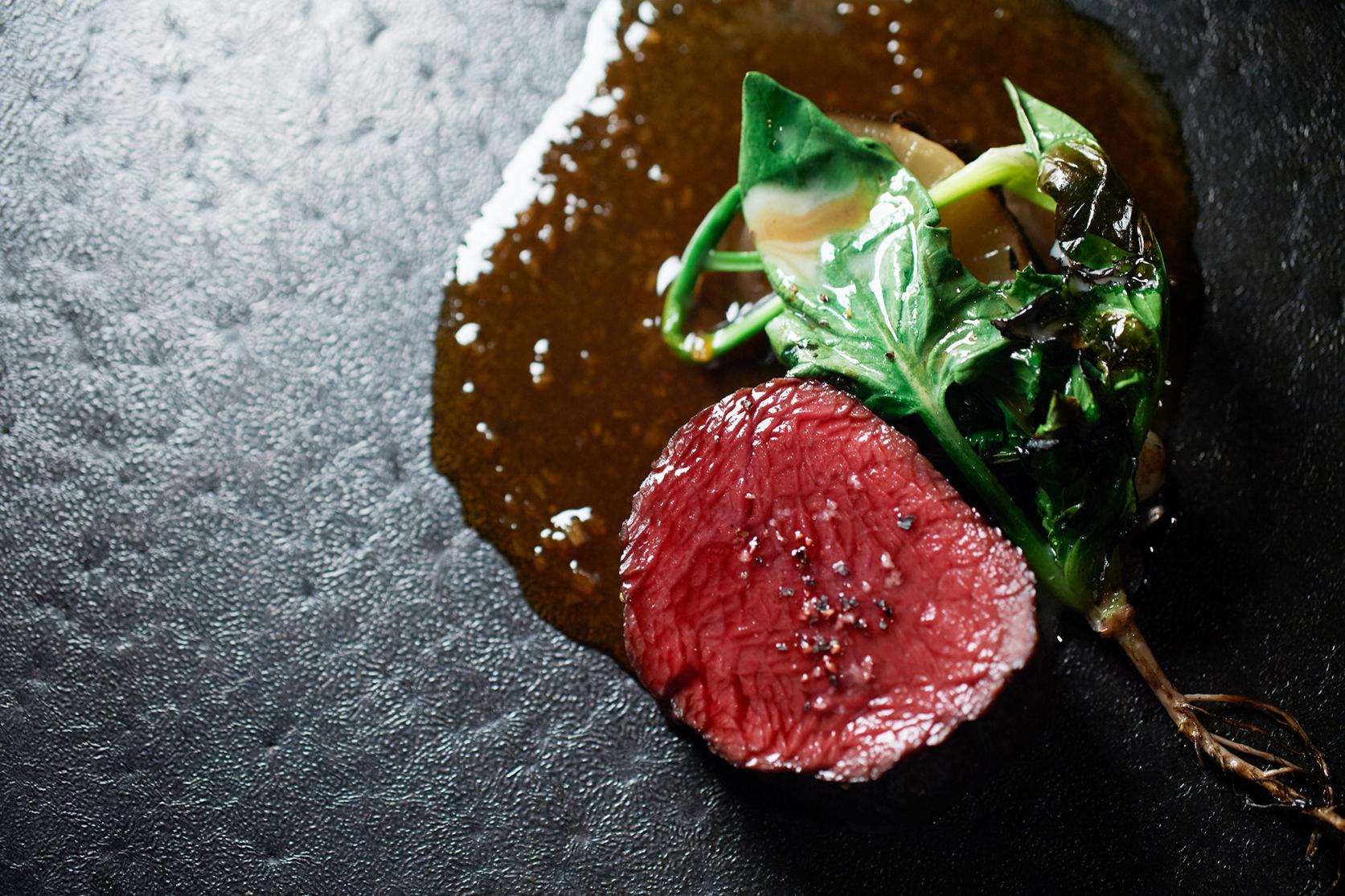
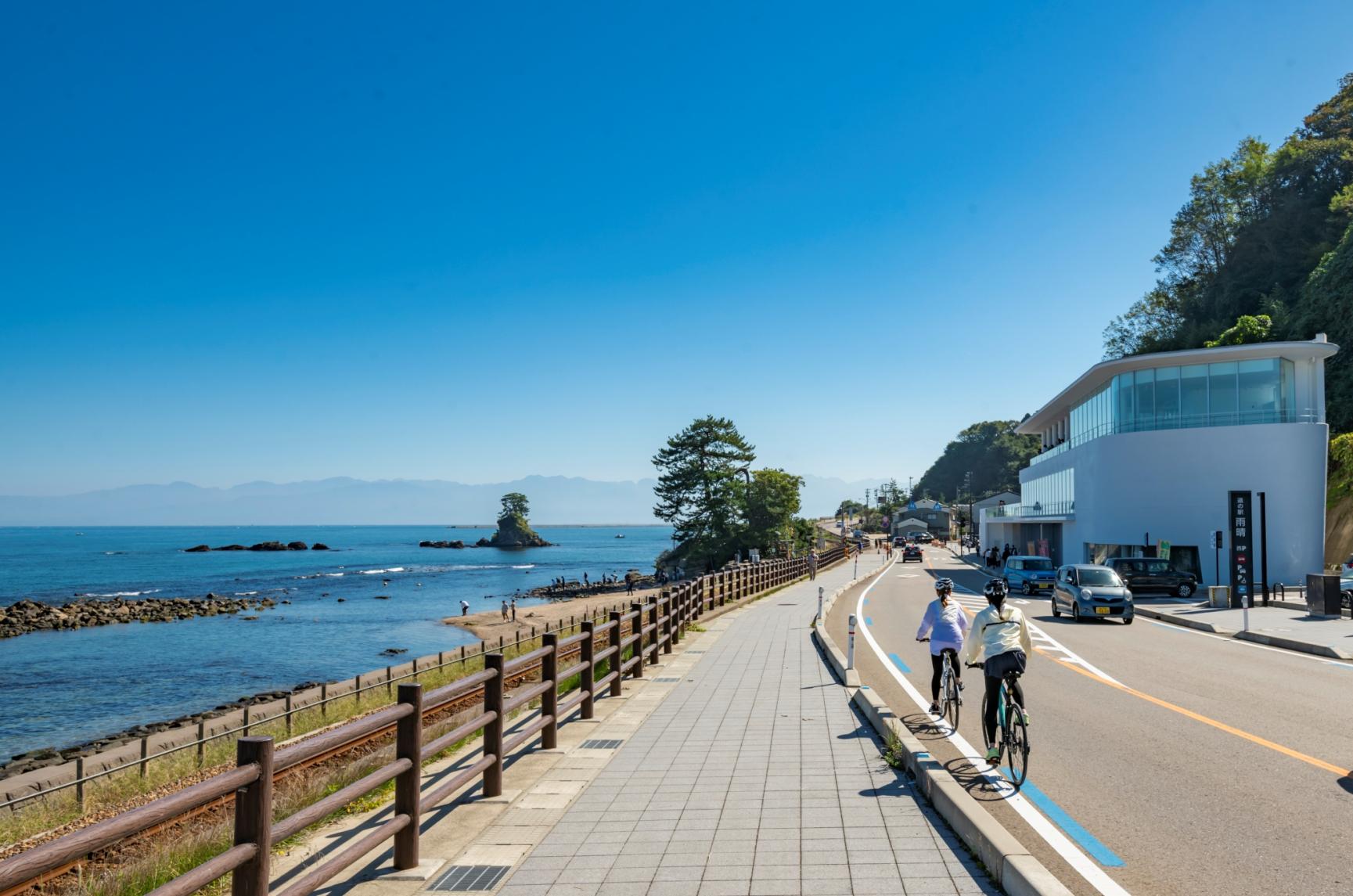
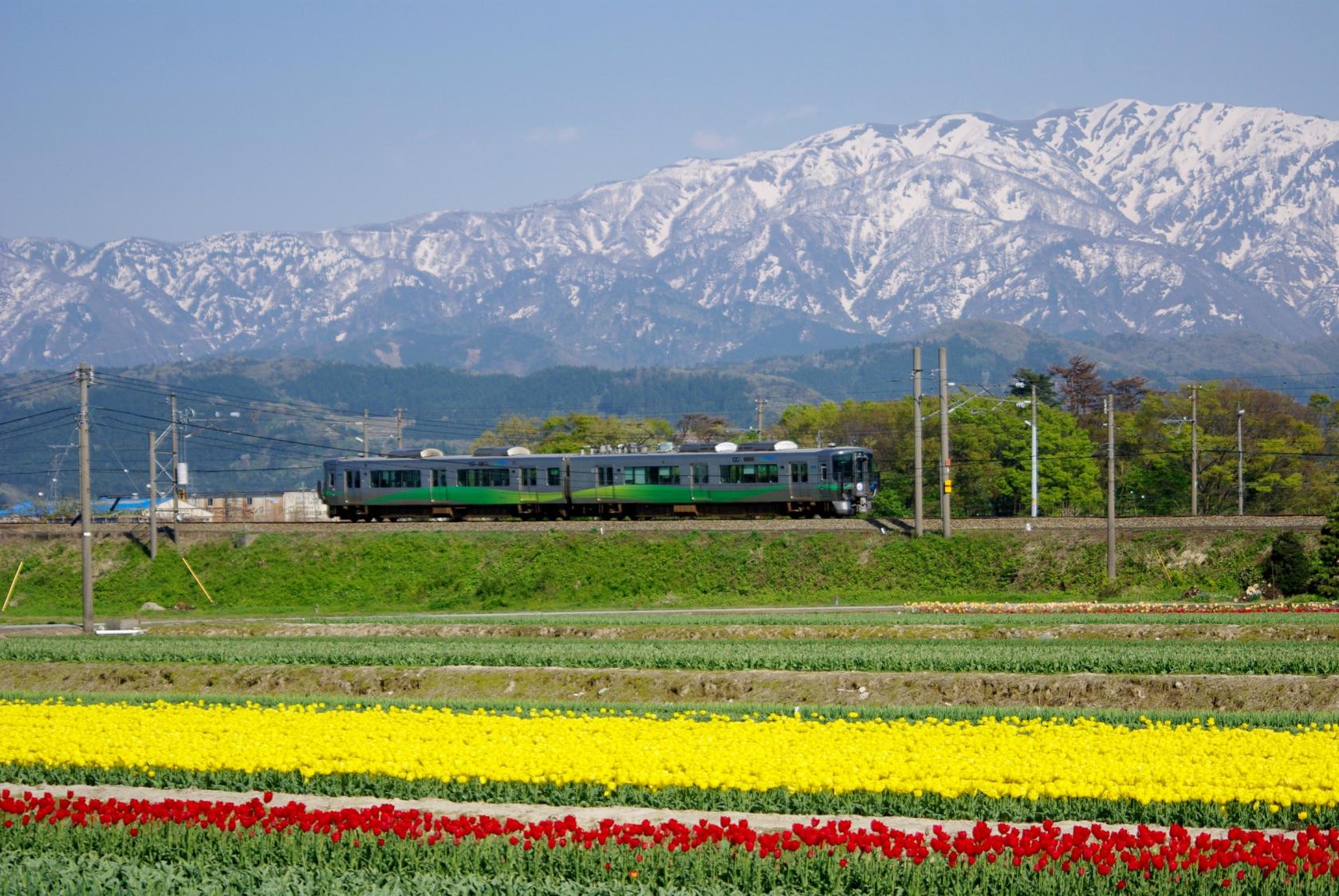
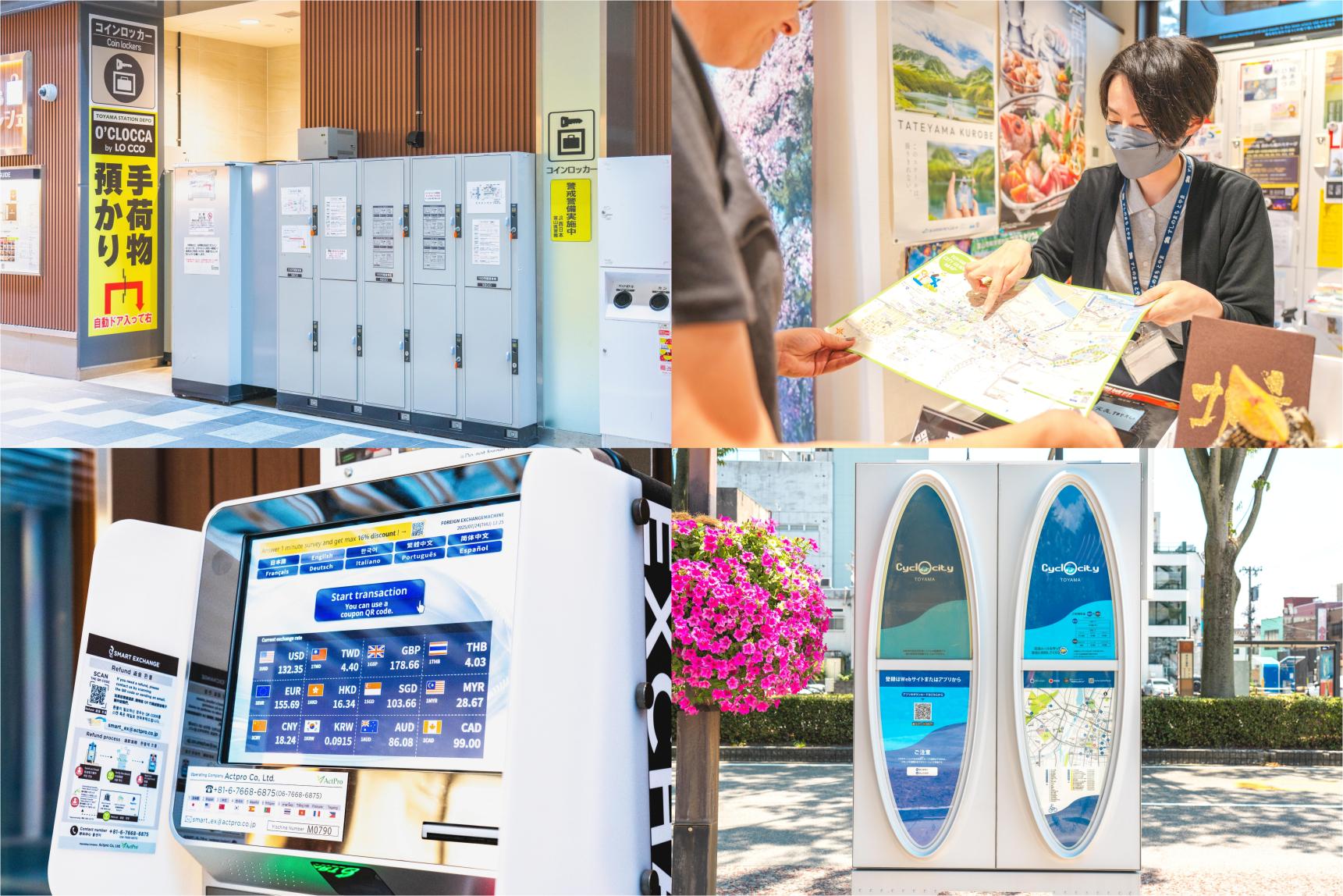
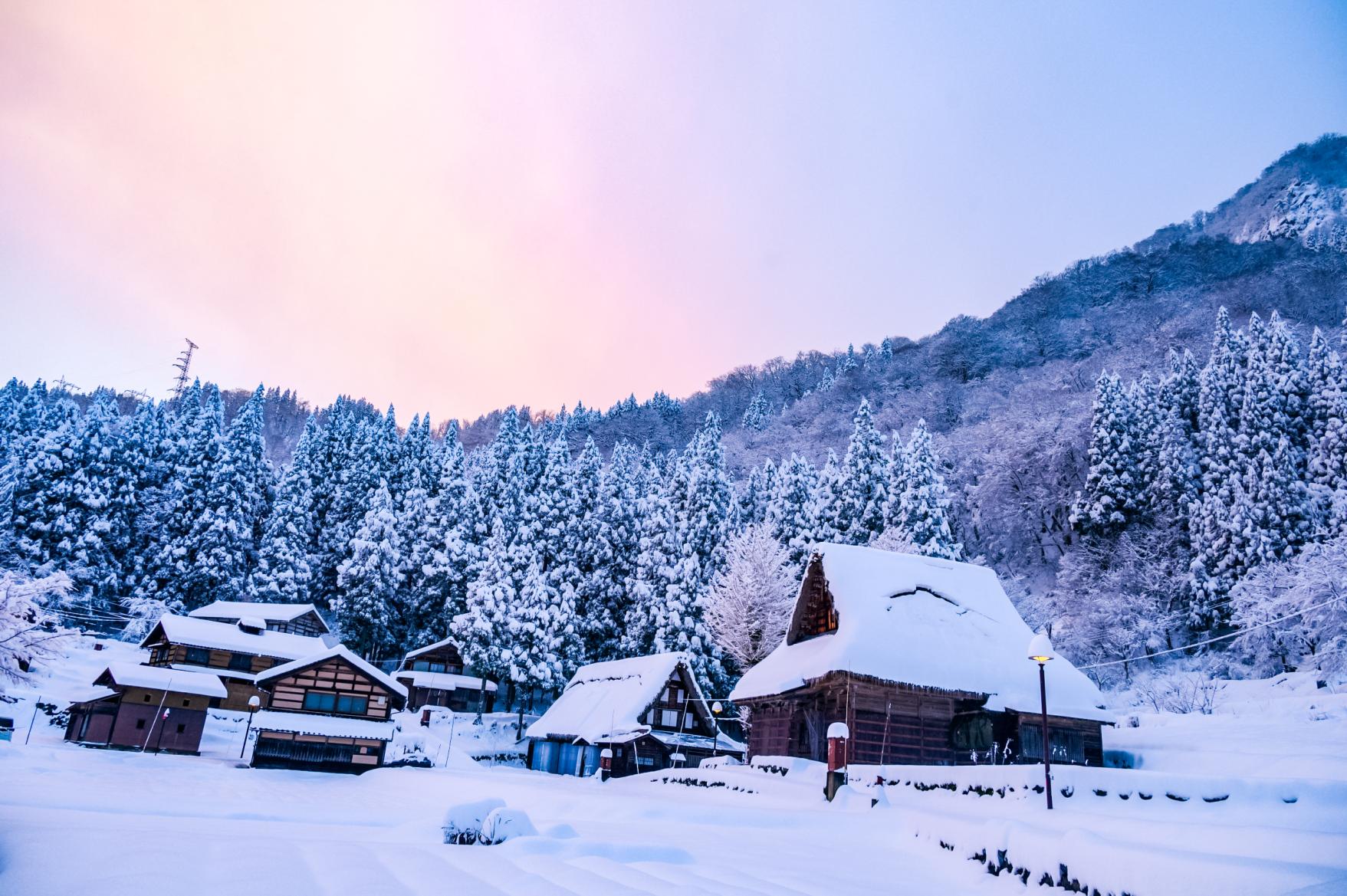
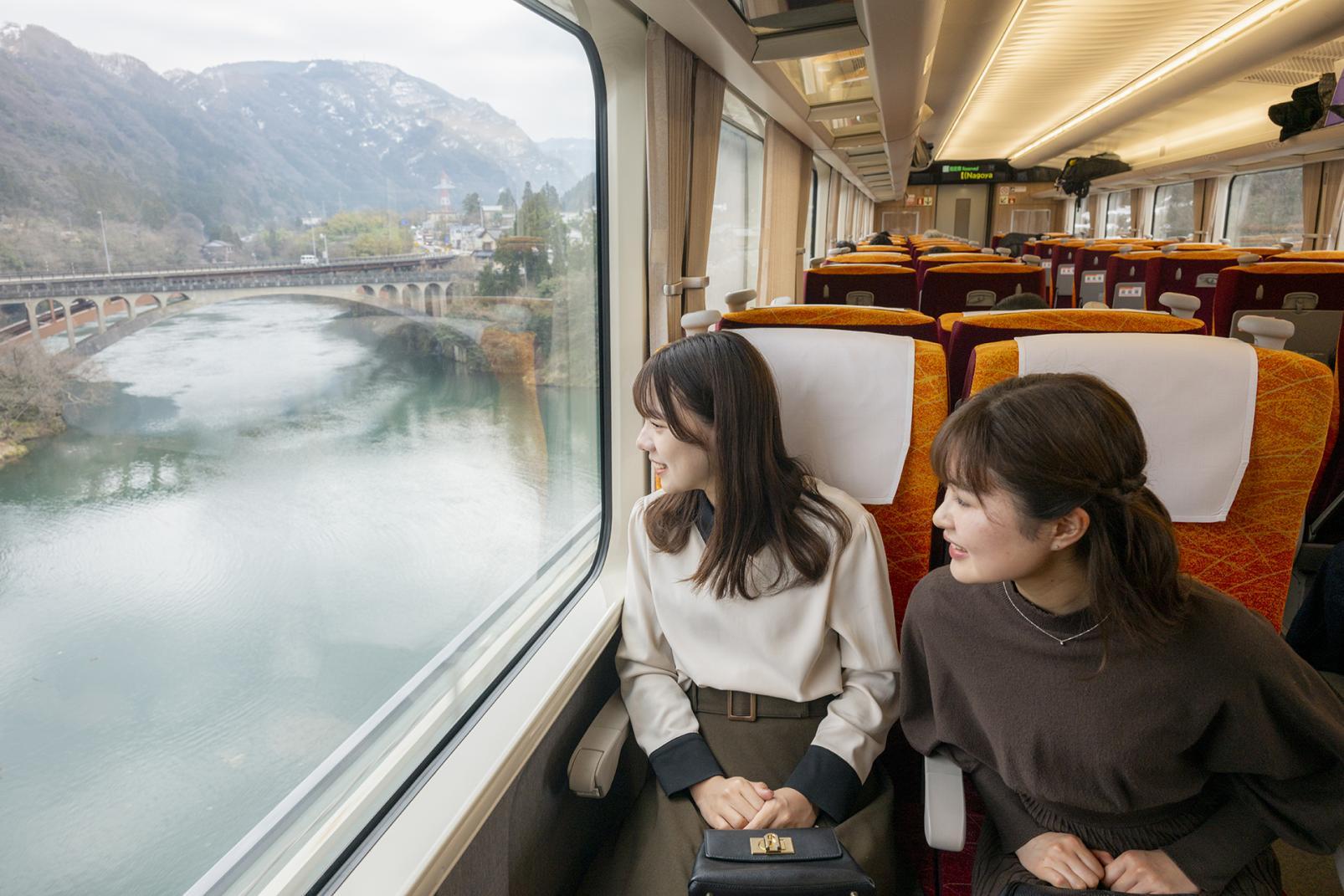
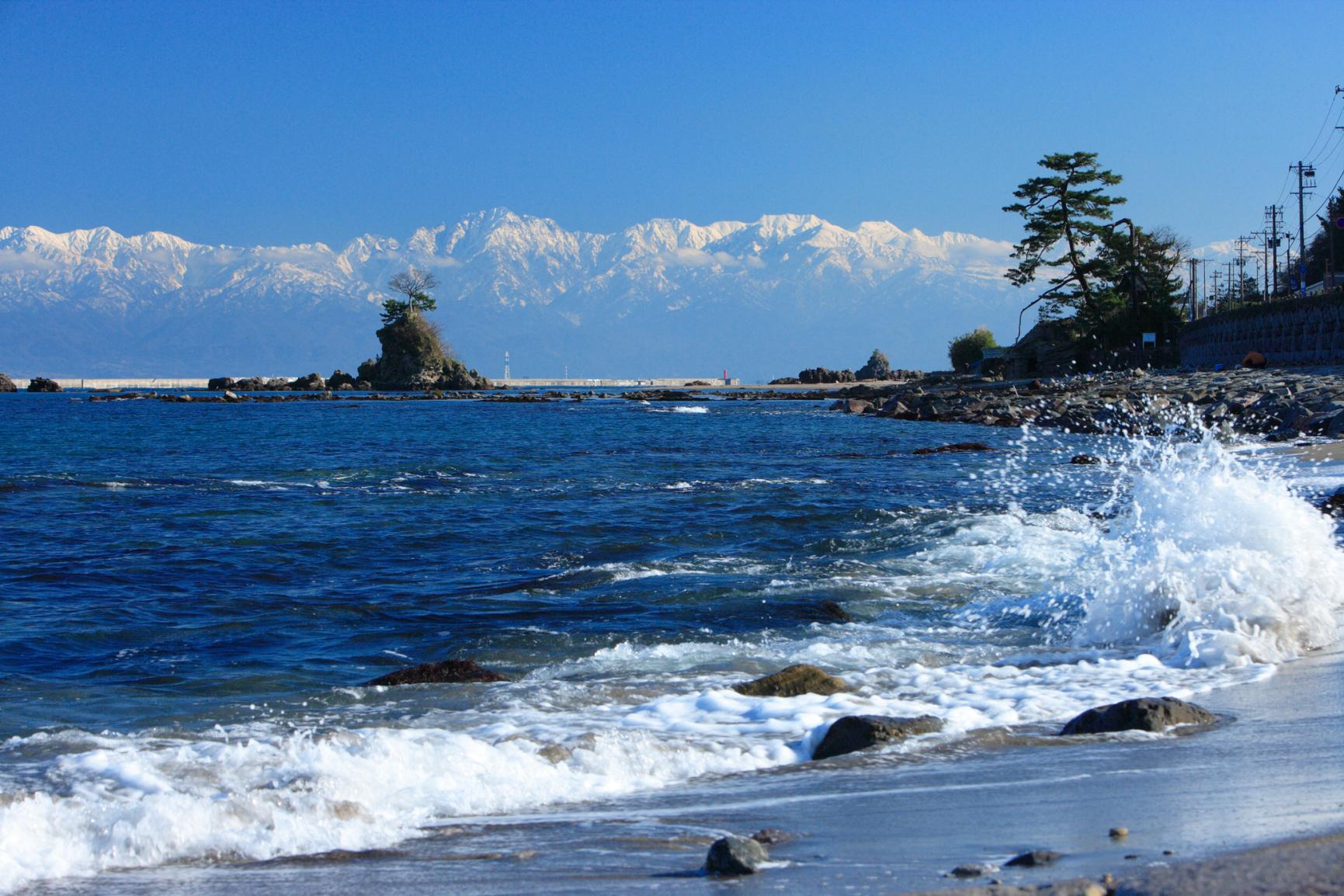
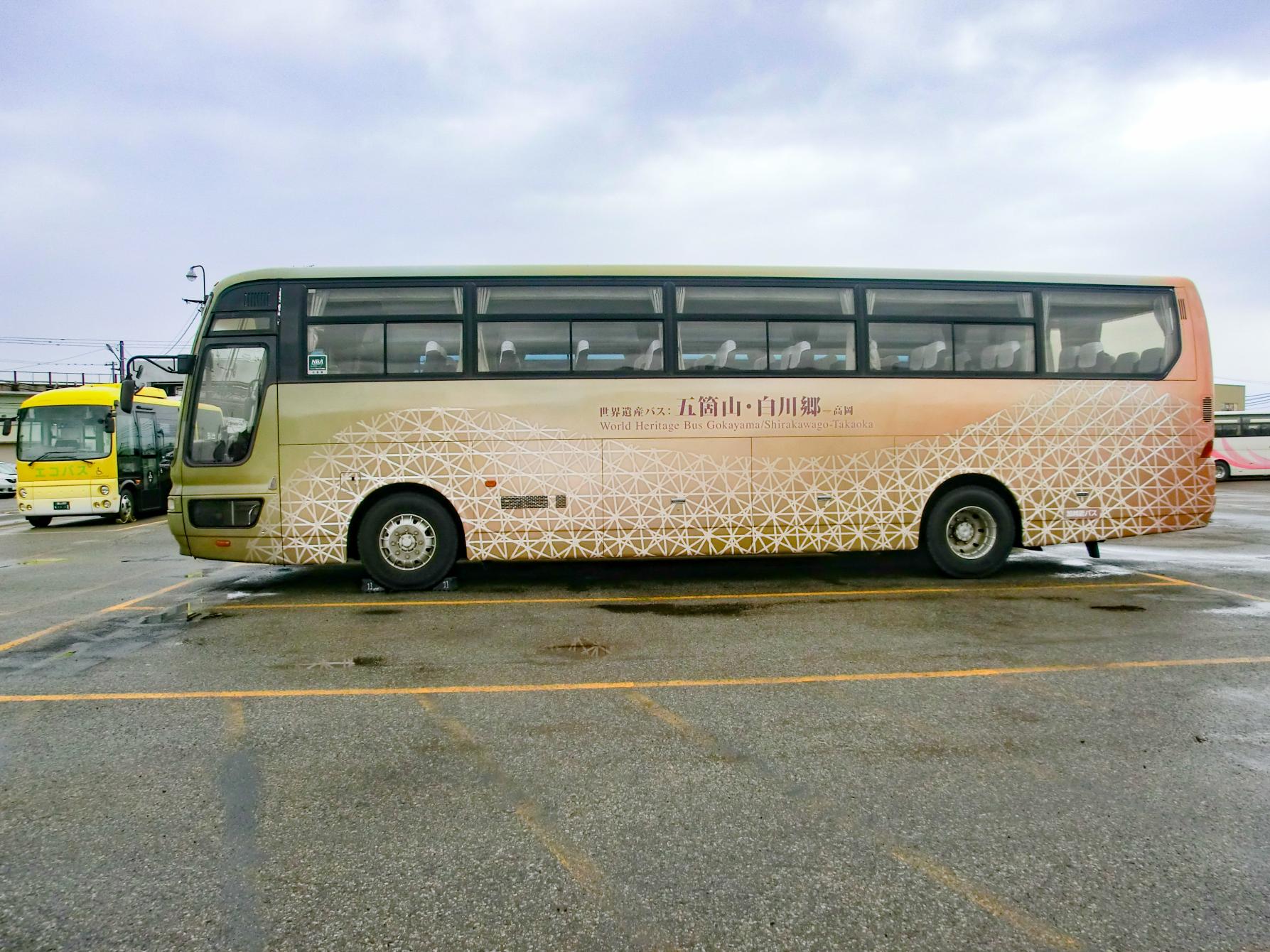
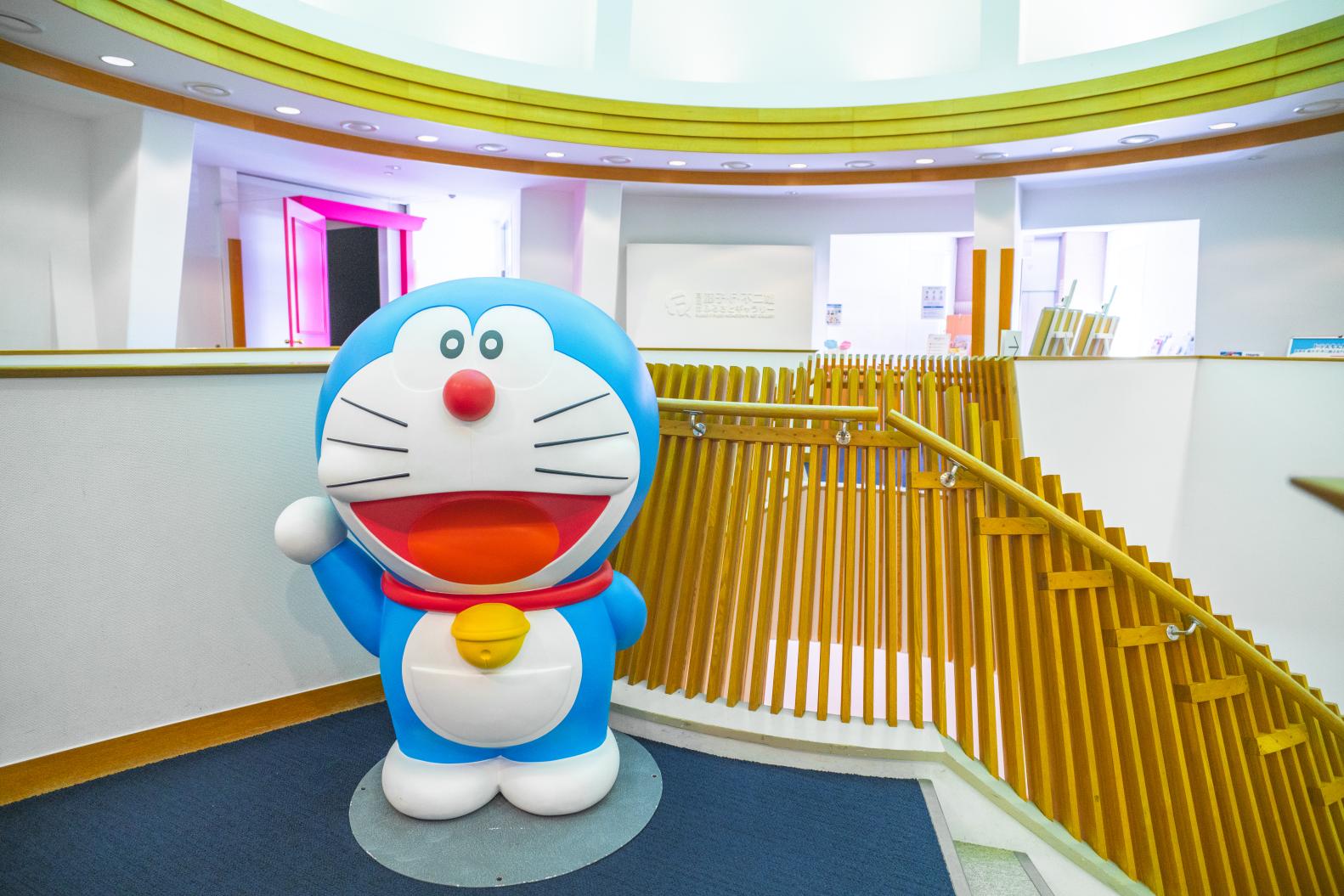
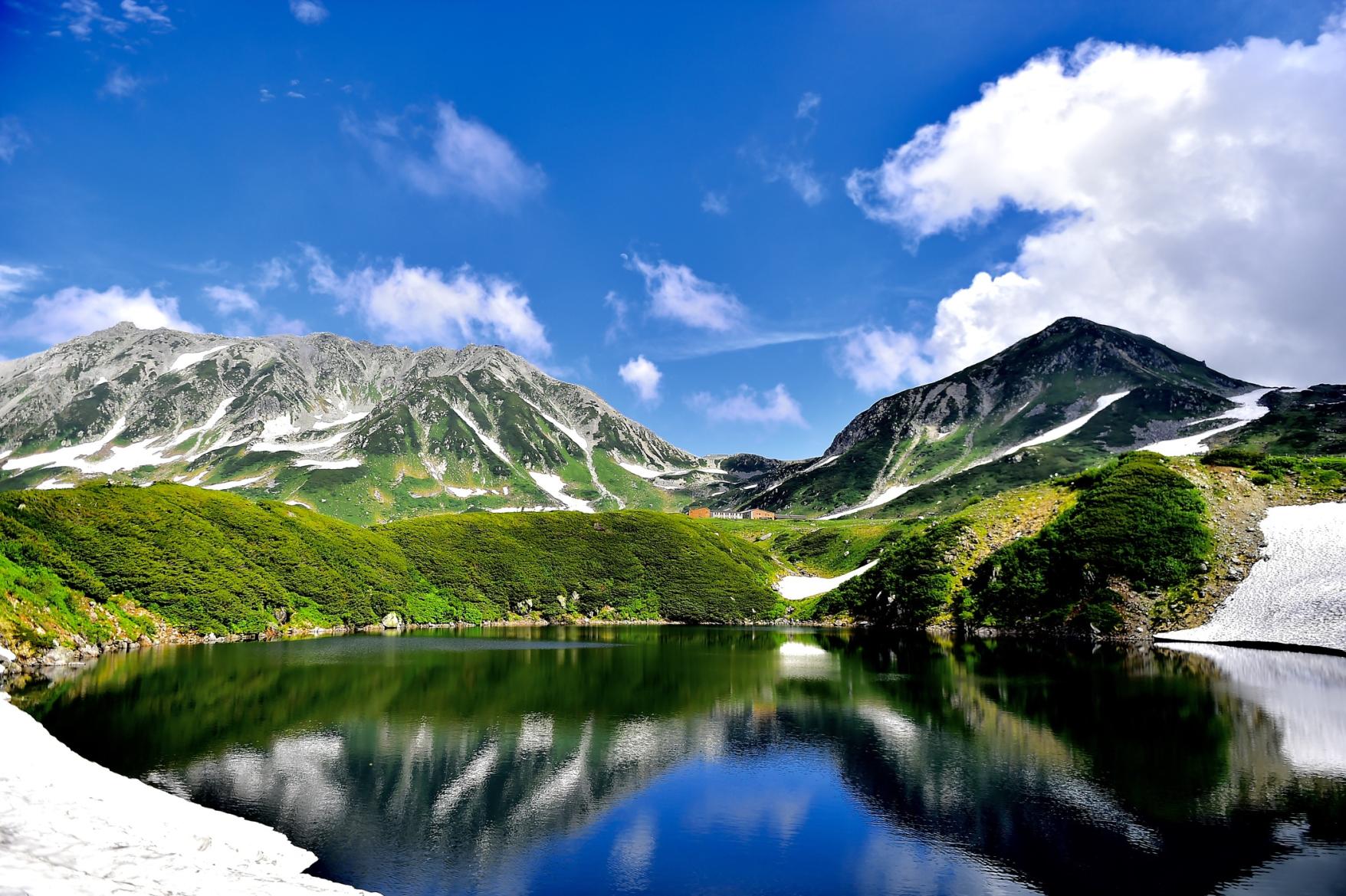
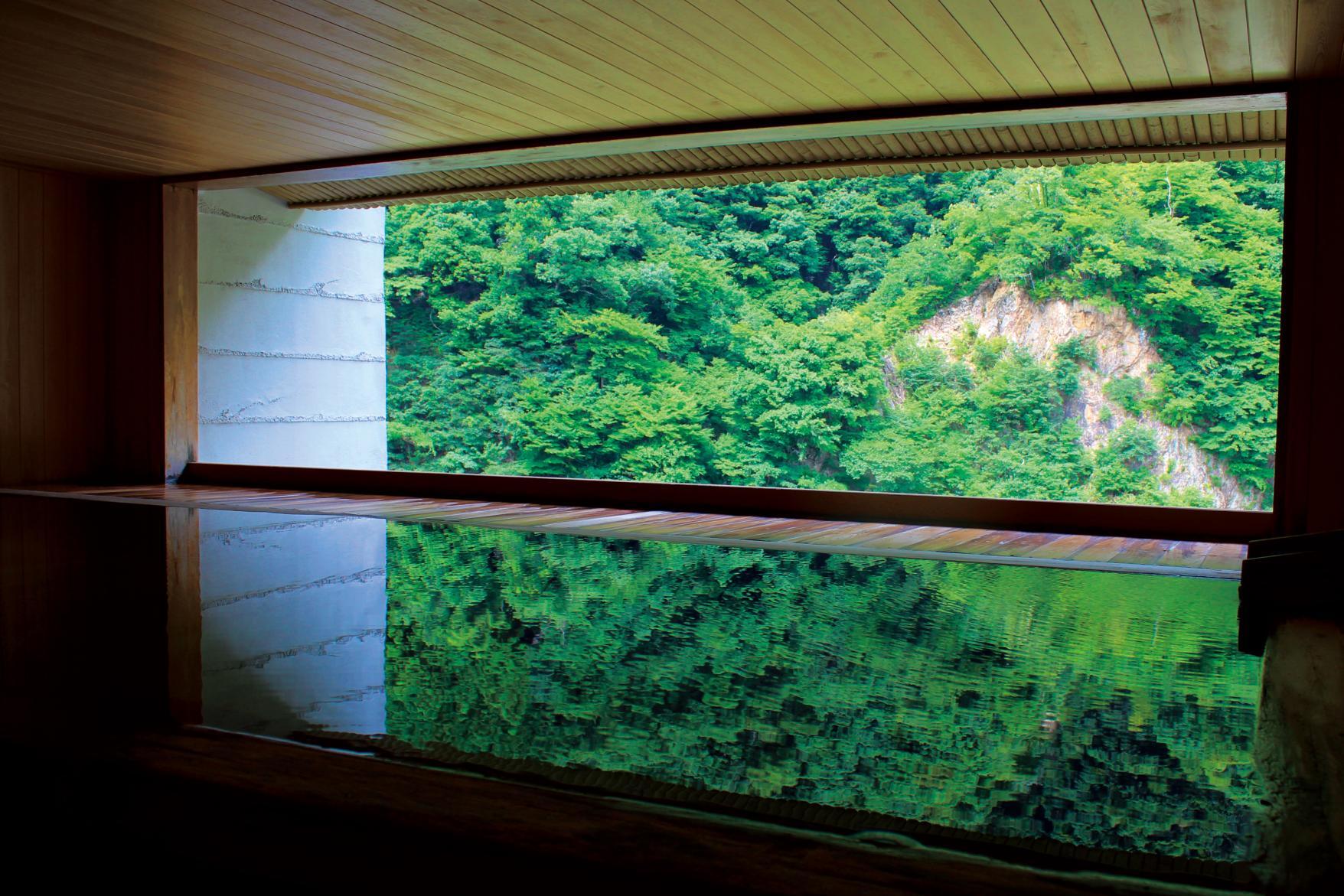
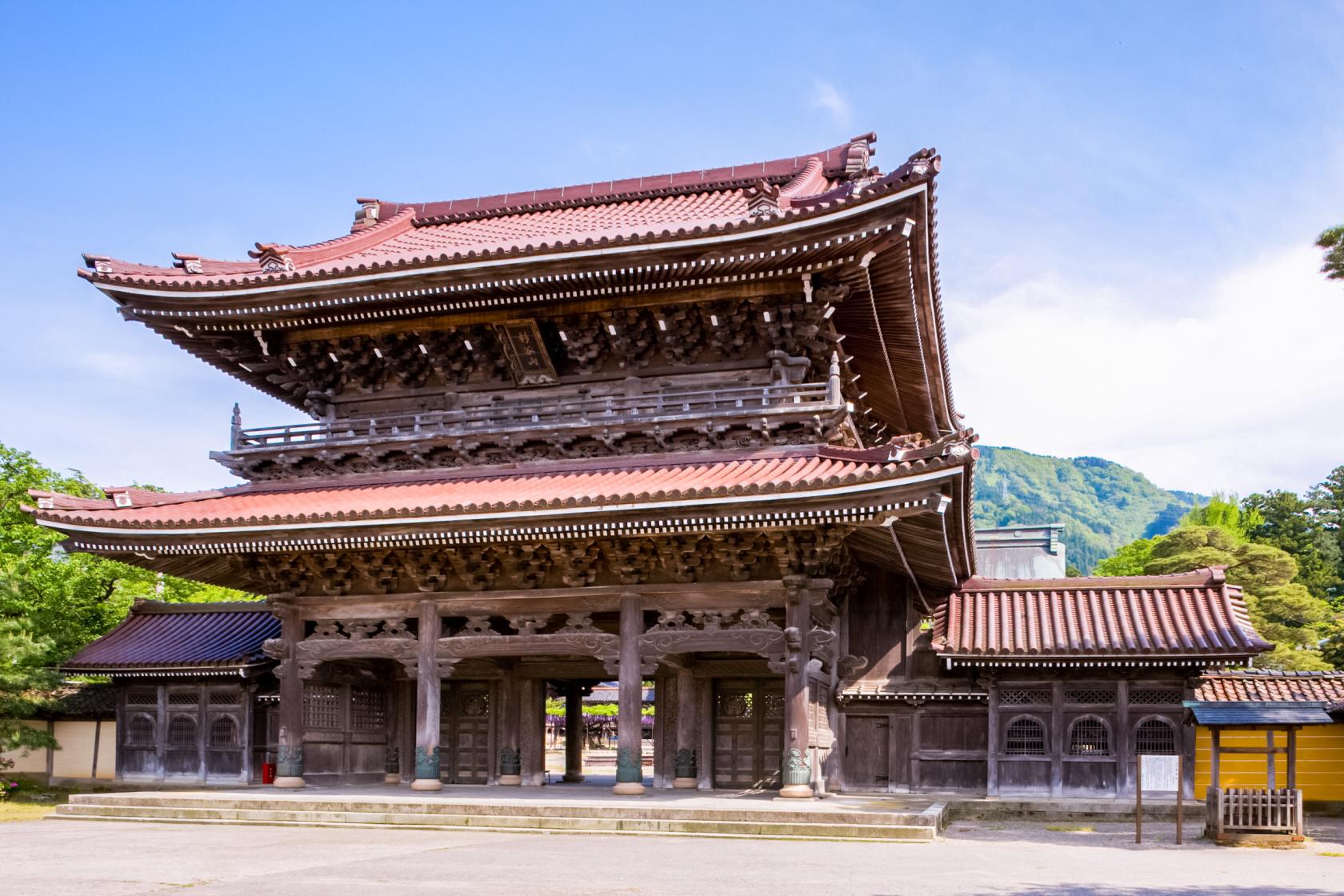
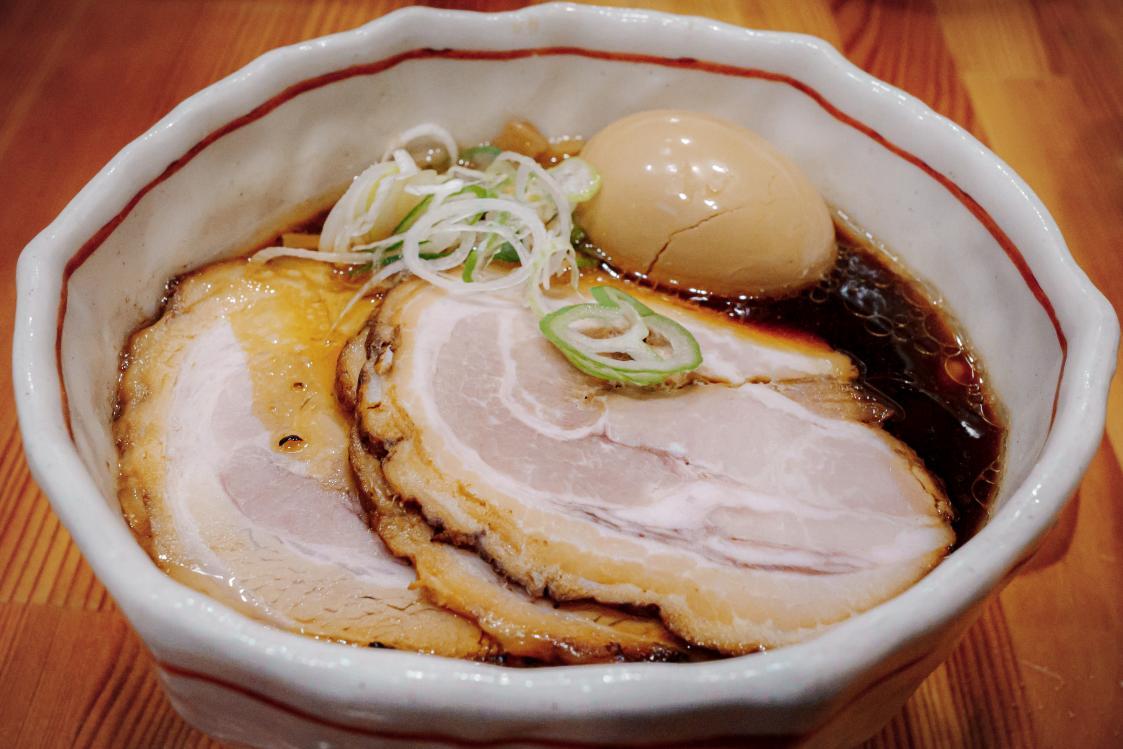
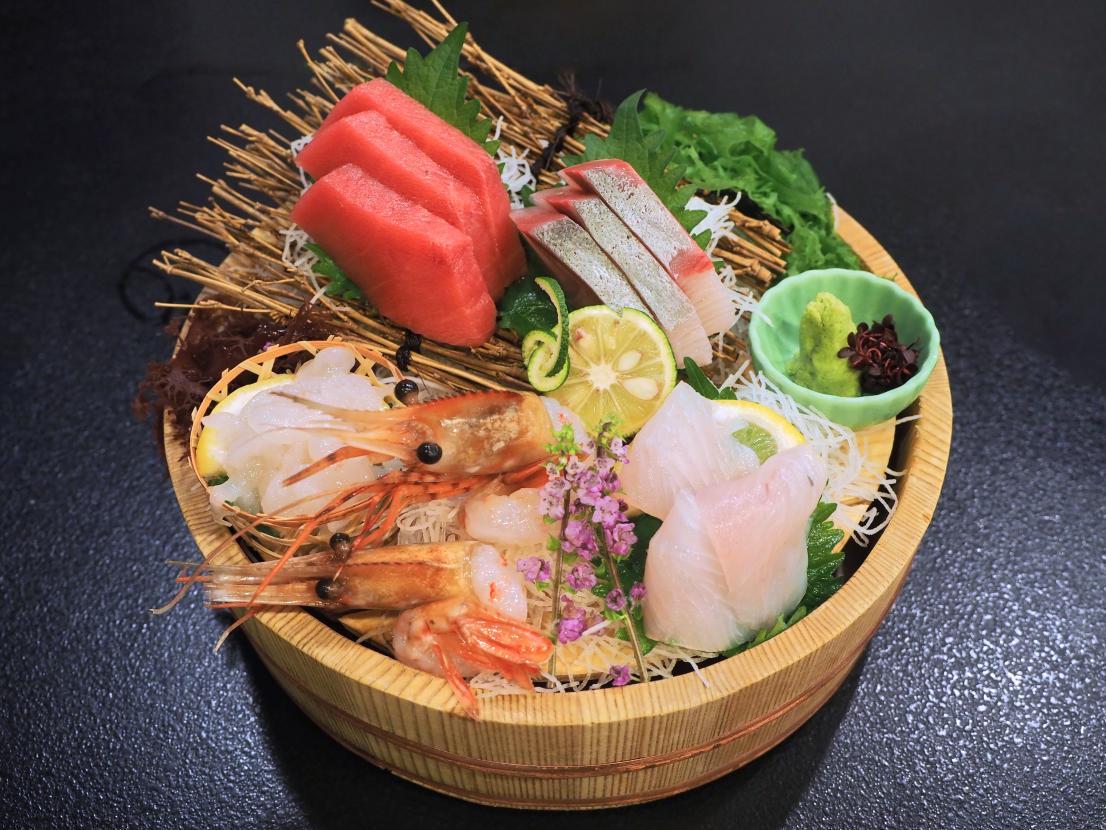
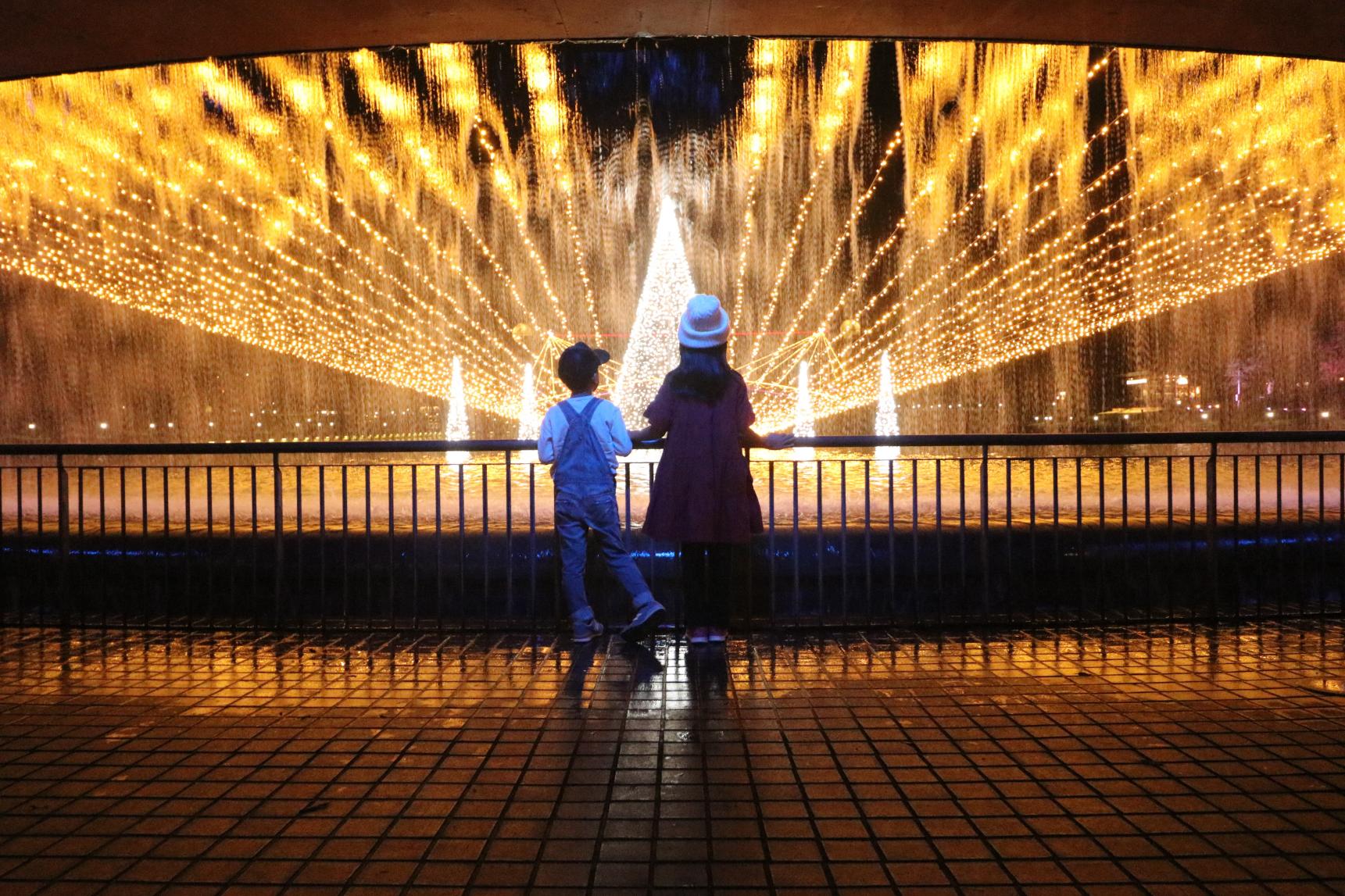
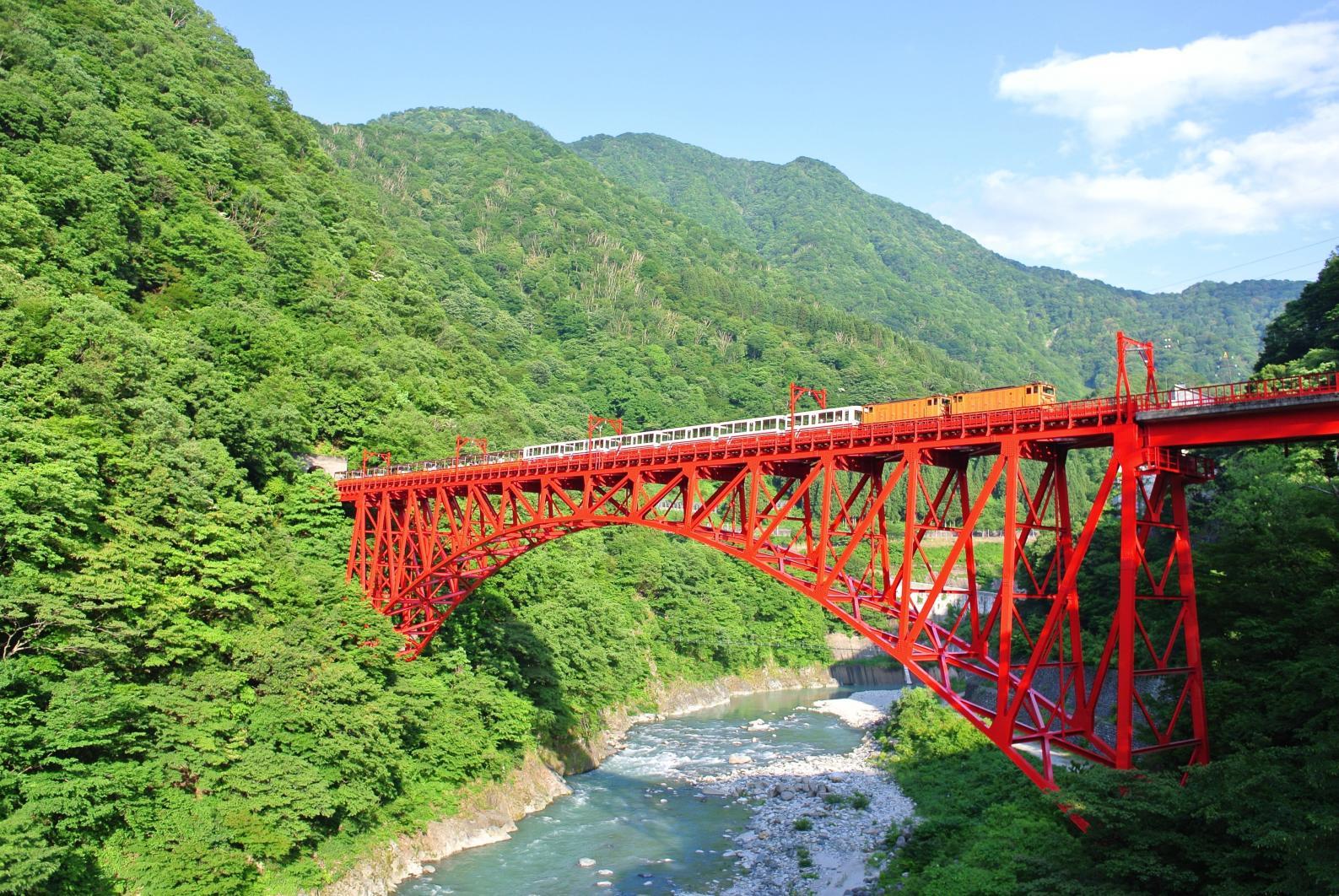
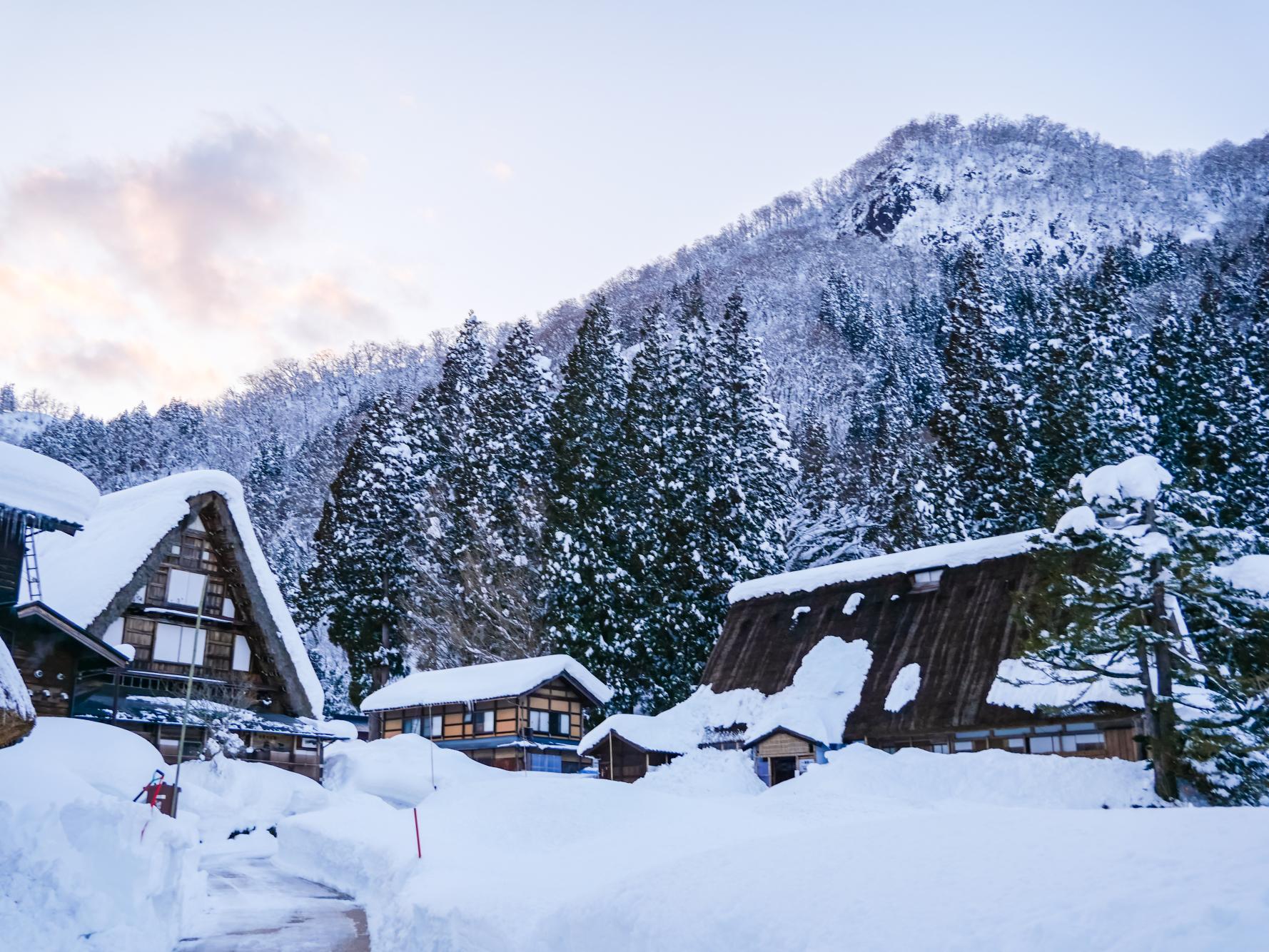
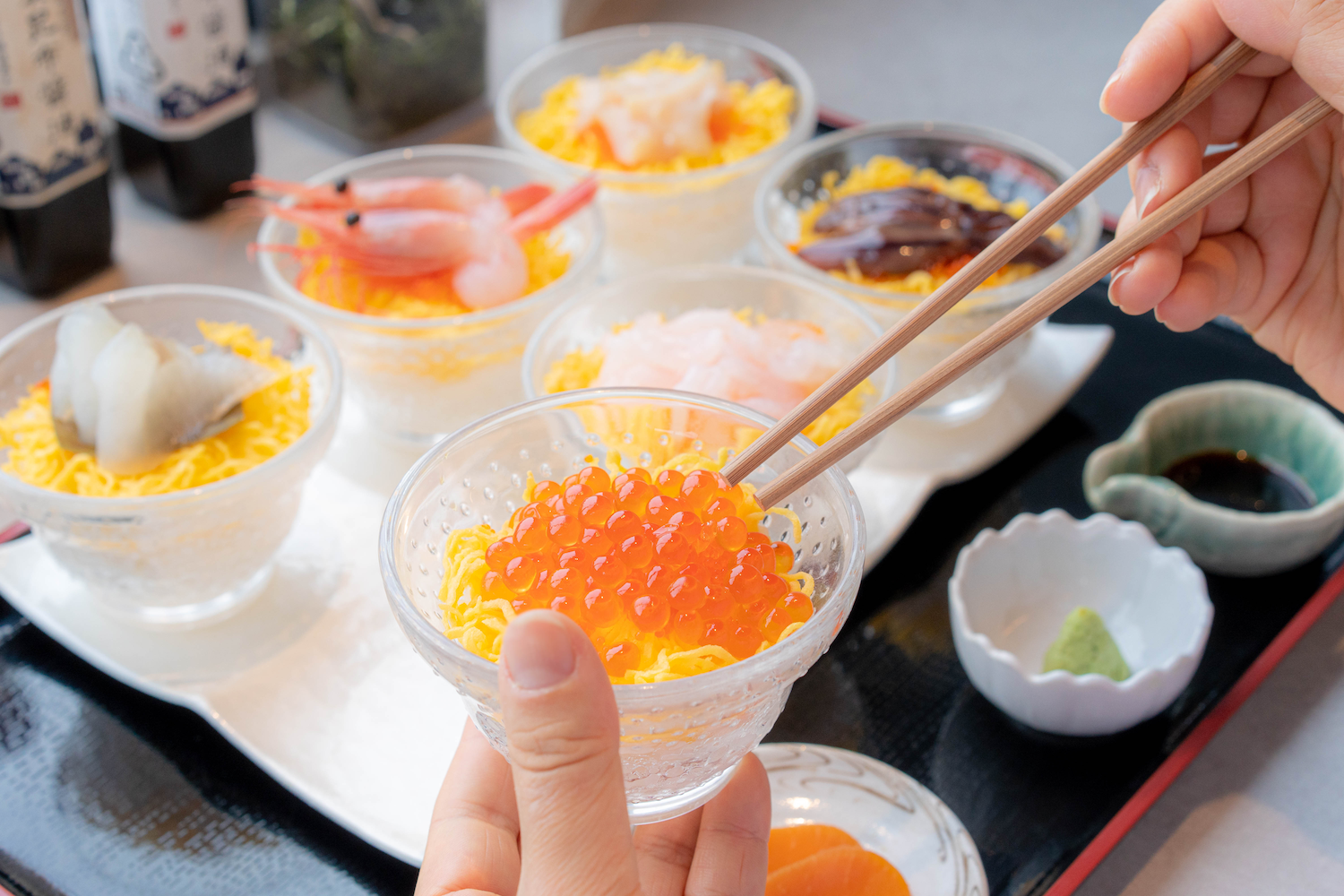
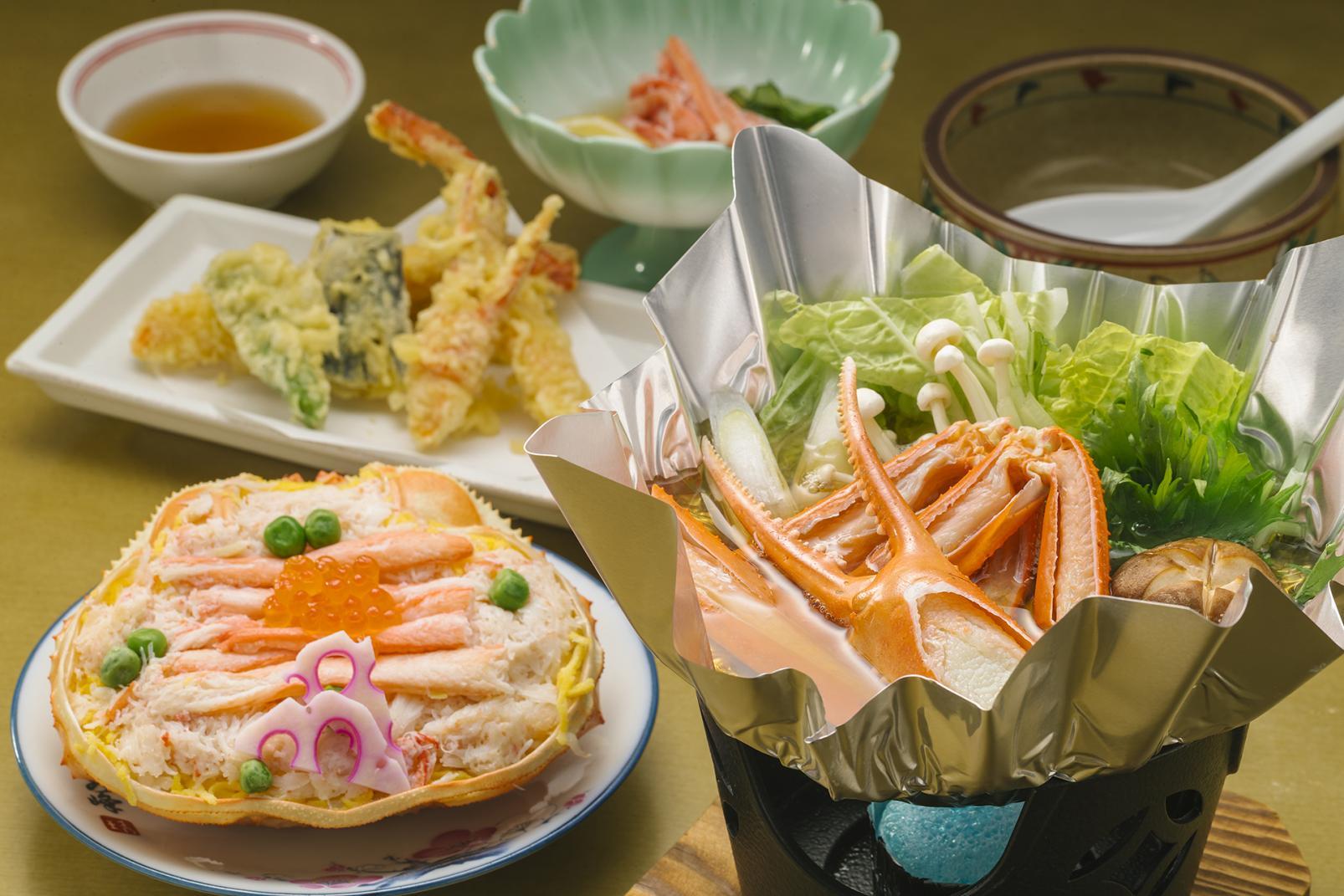
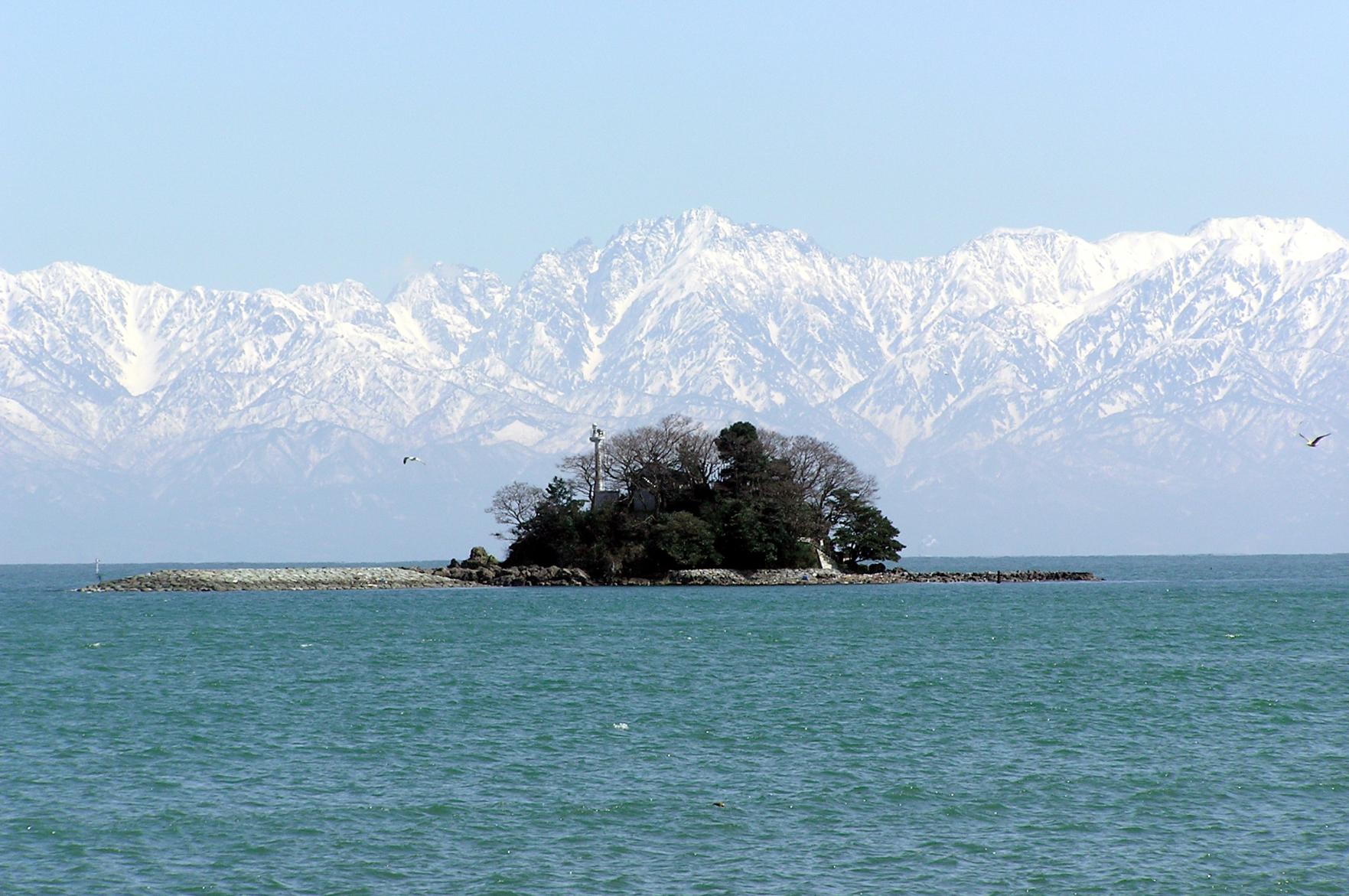
![[Sakura Viewing Information] A Special Feature on Famous Sakura Spots in Toyama-1](https://www.info-toyama.com/storage/special_features/566/responsive_images/TlGFTpK5TLKYdW25rYhcMrzT0lvaCdQmT68pDBr3__1152_768.jpeg)
